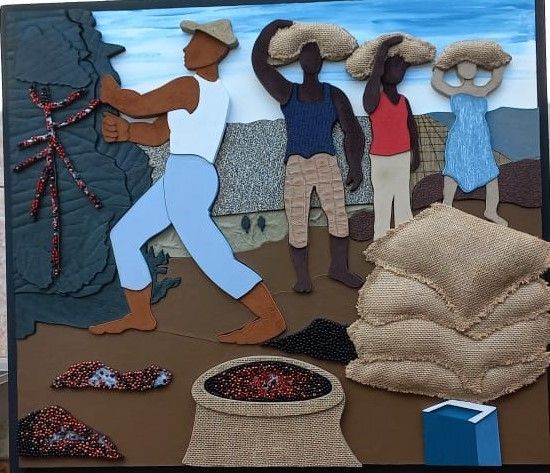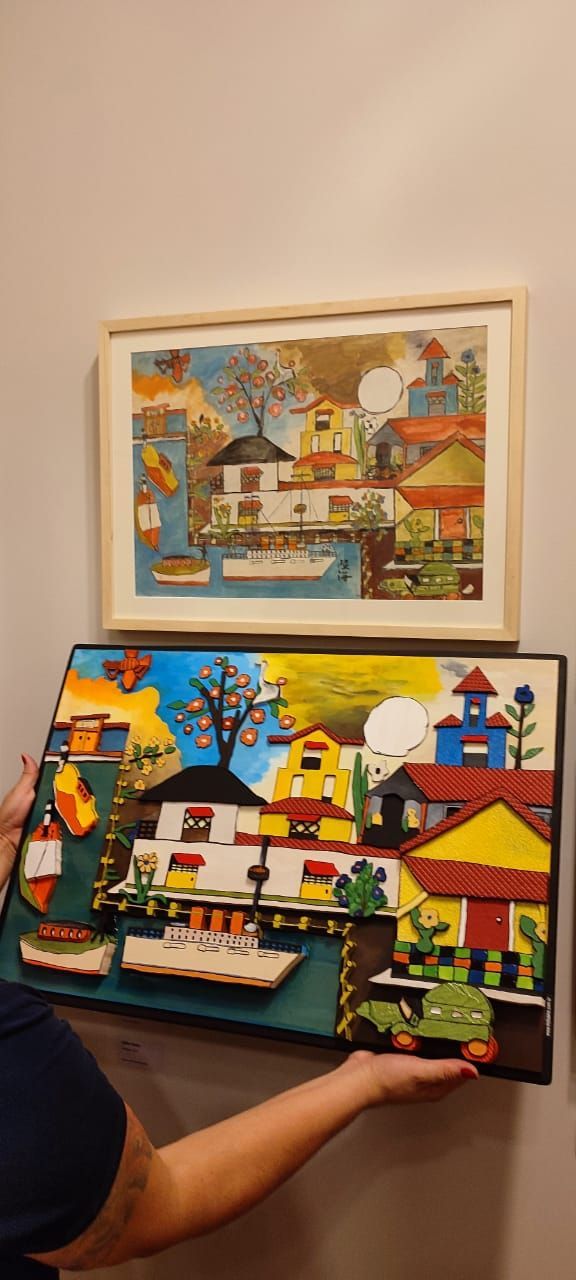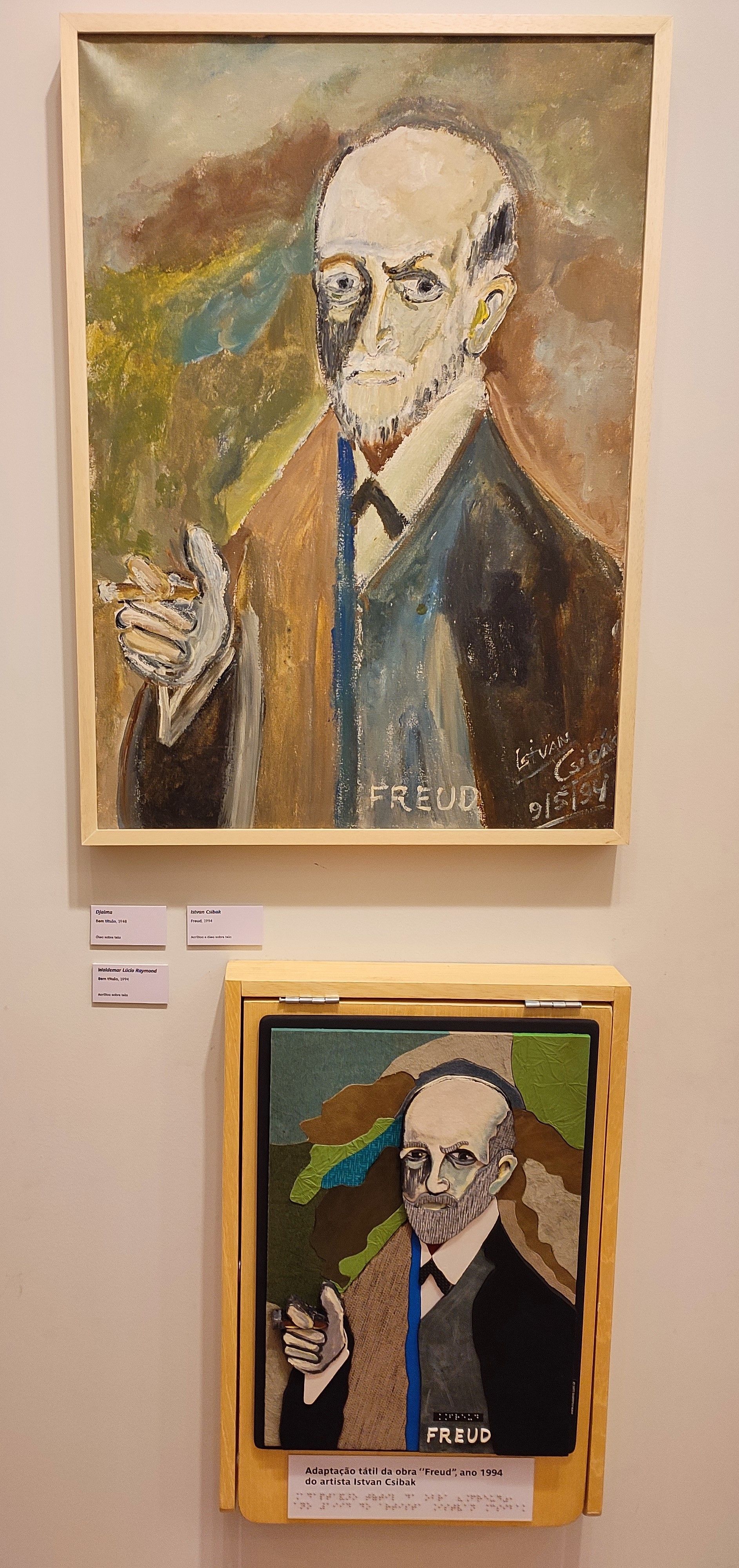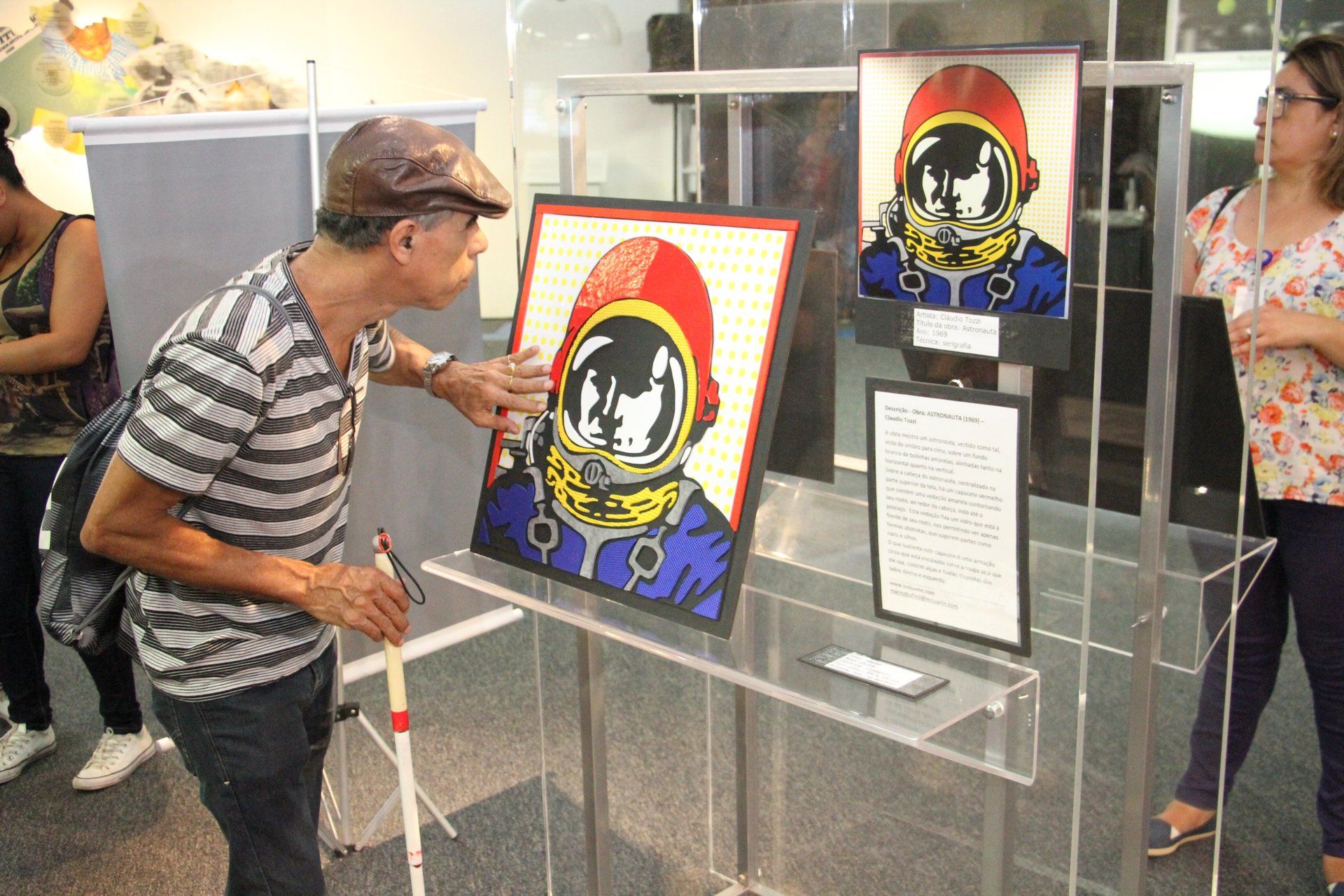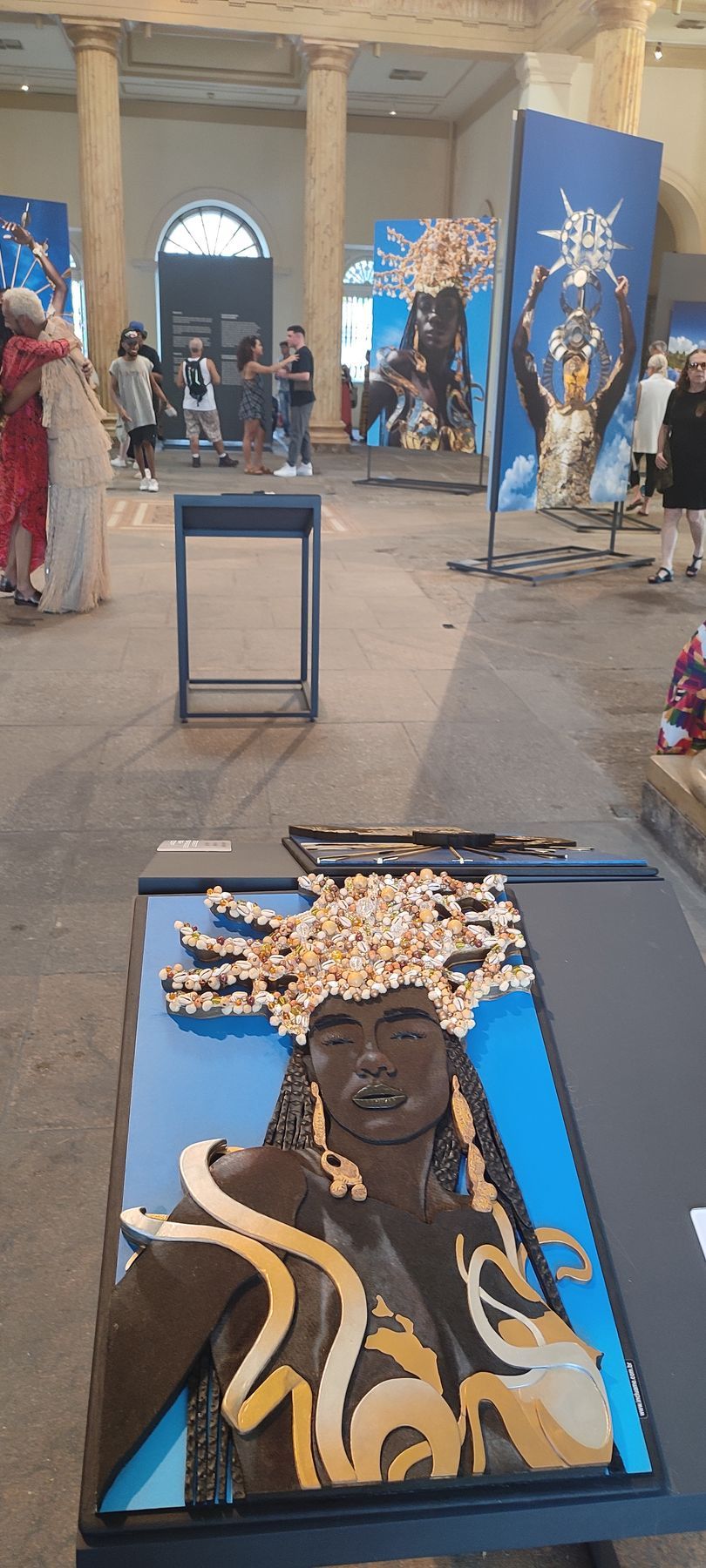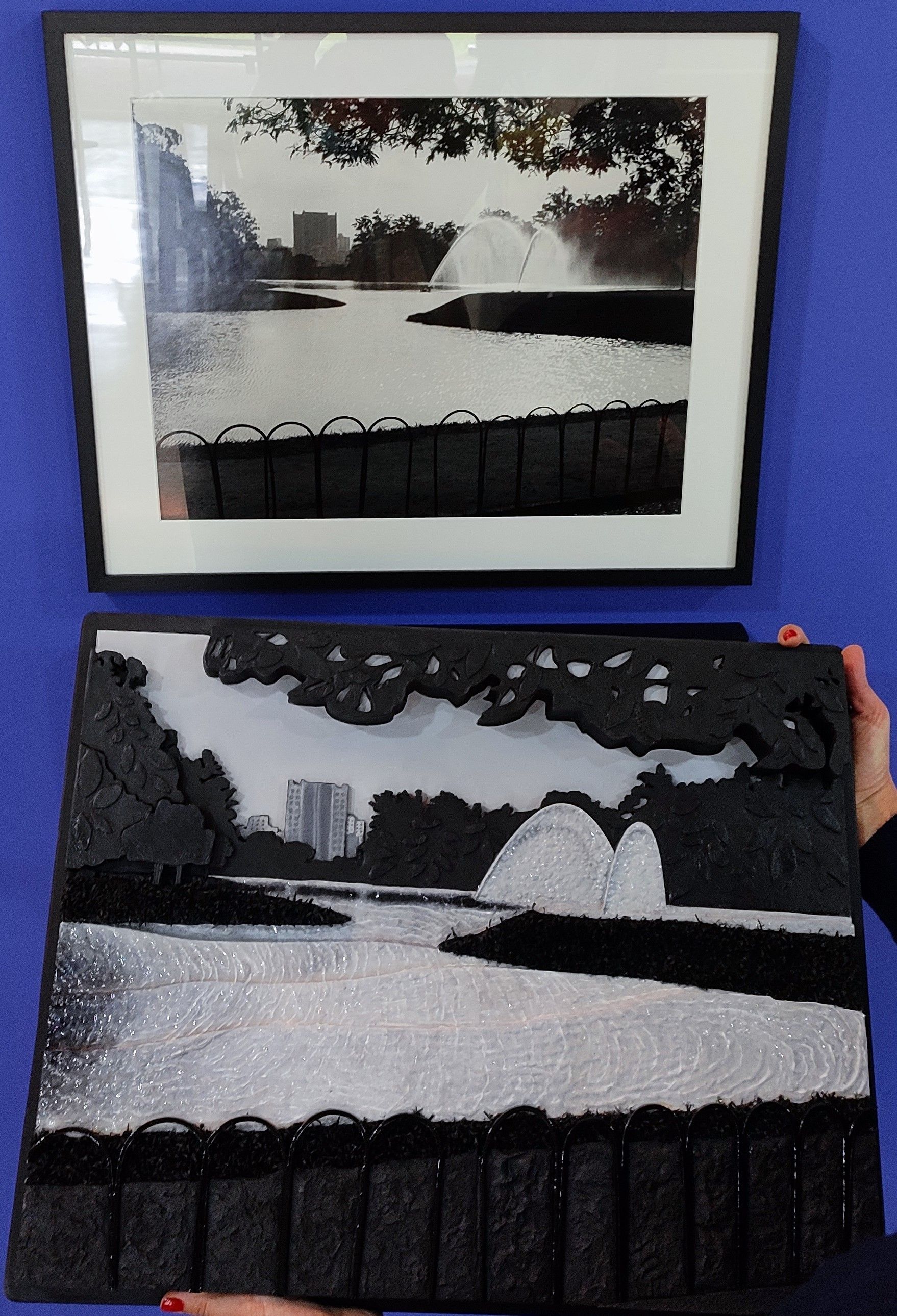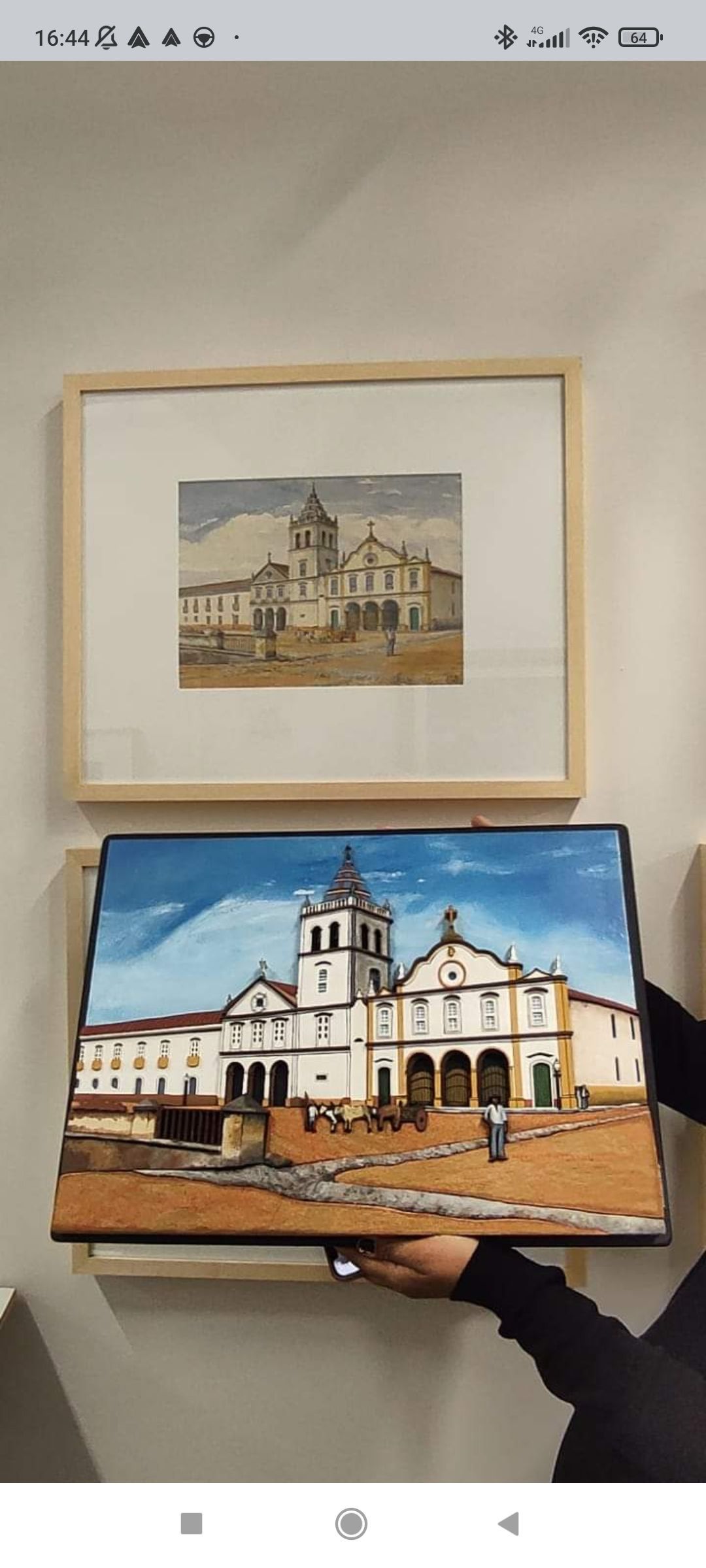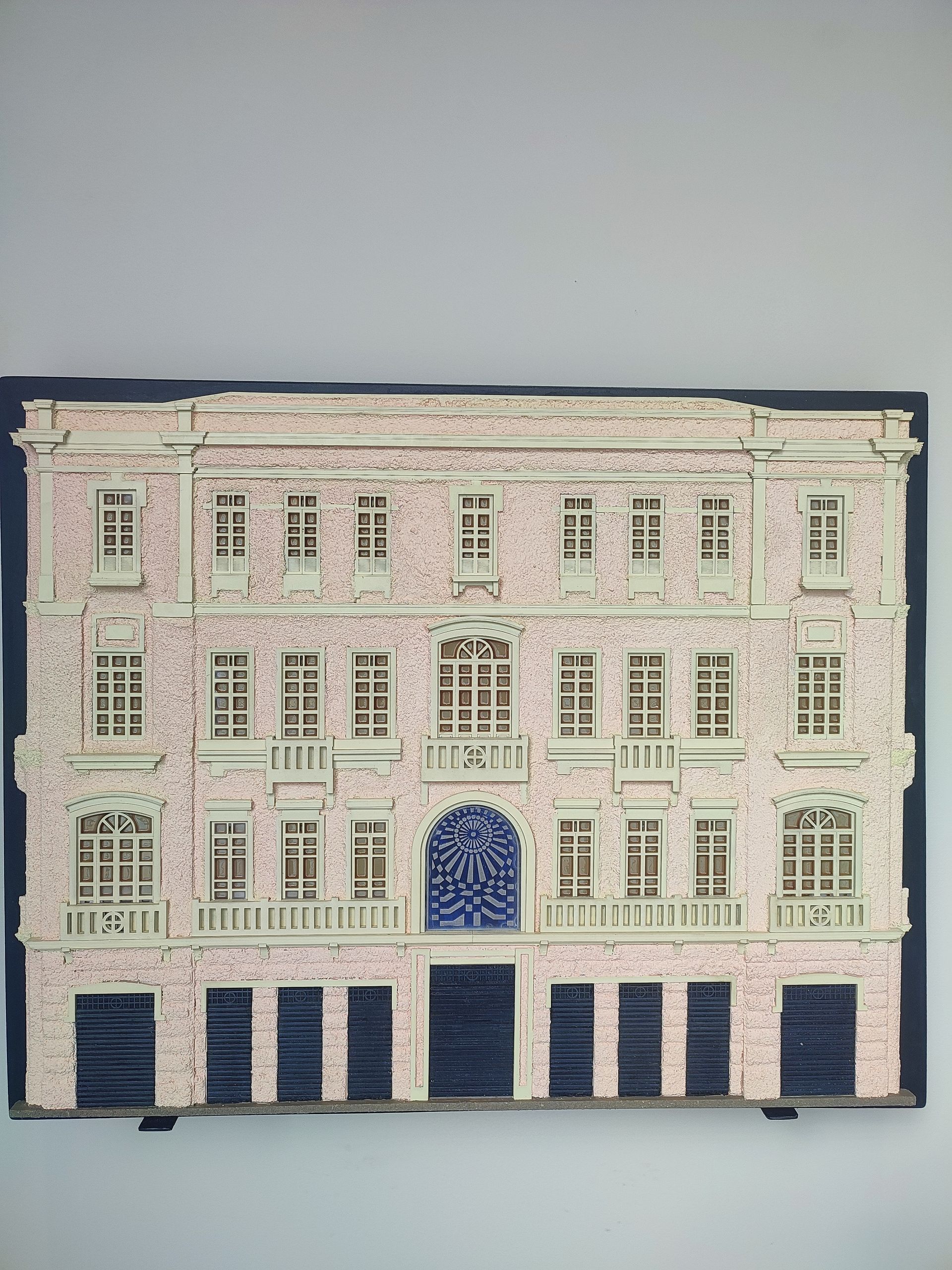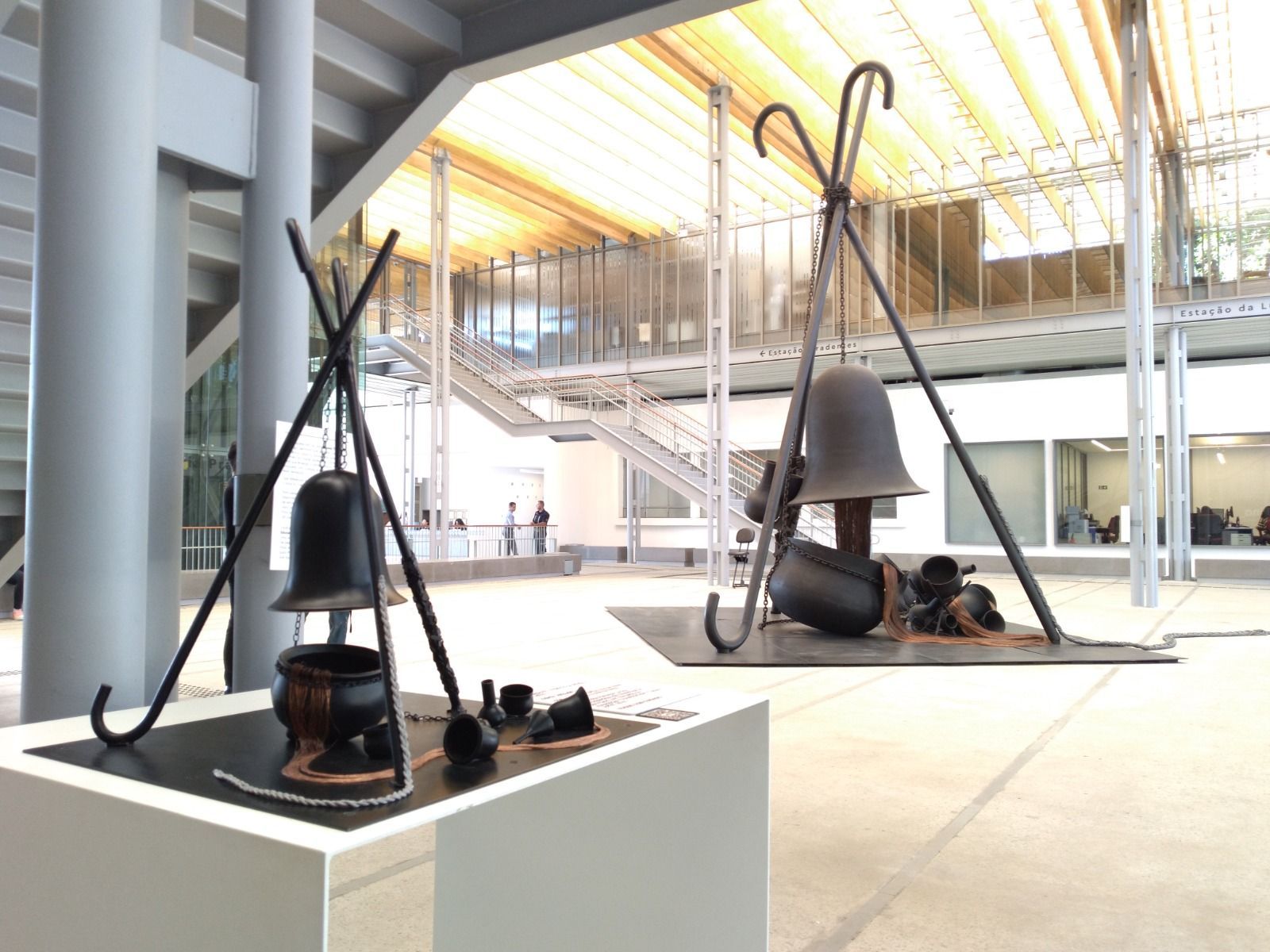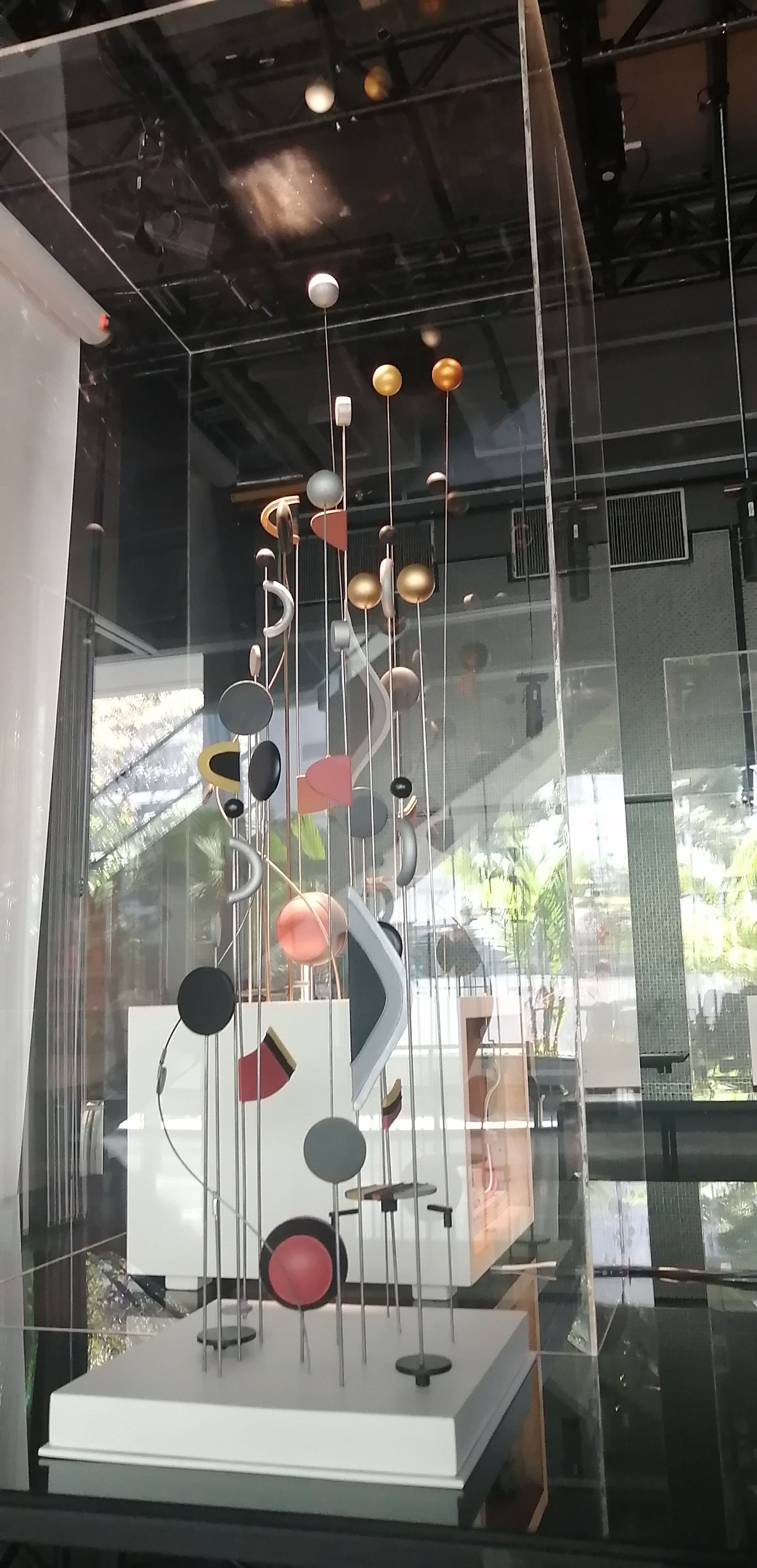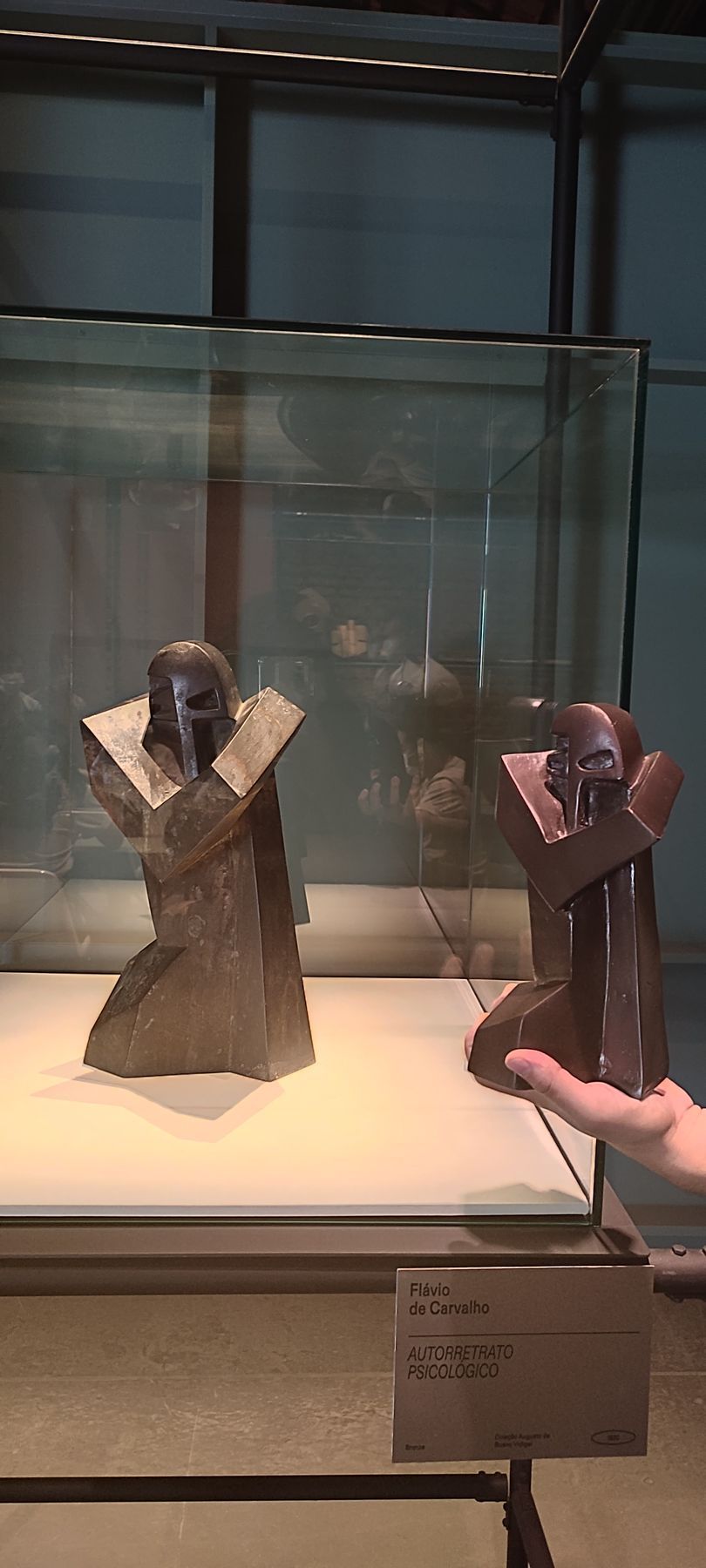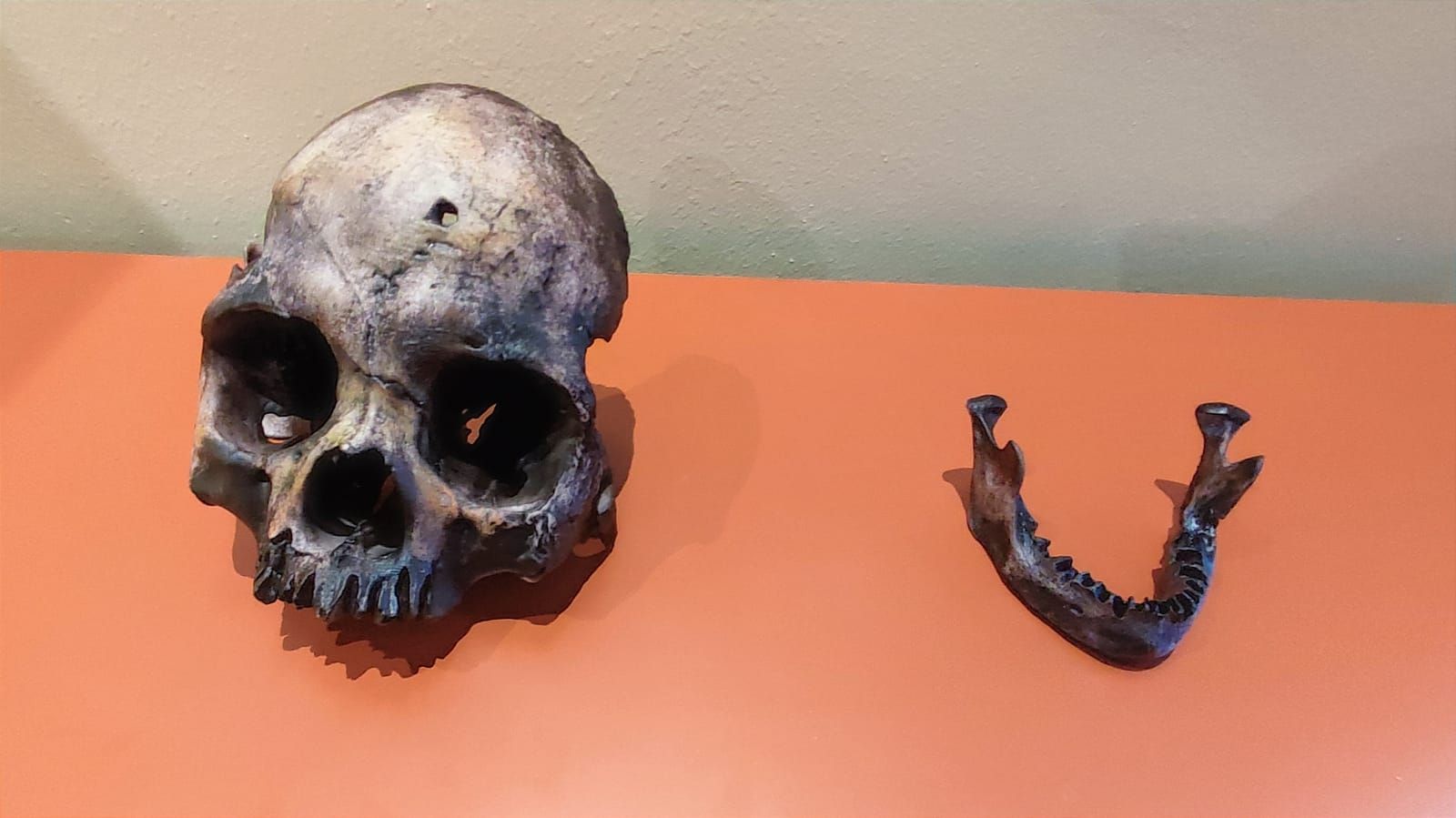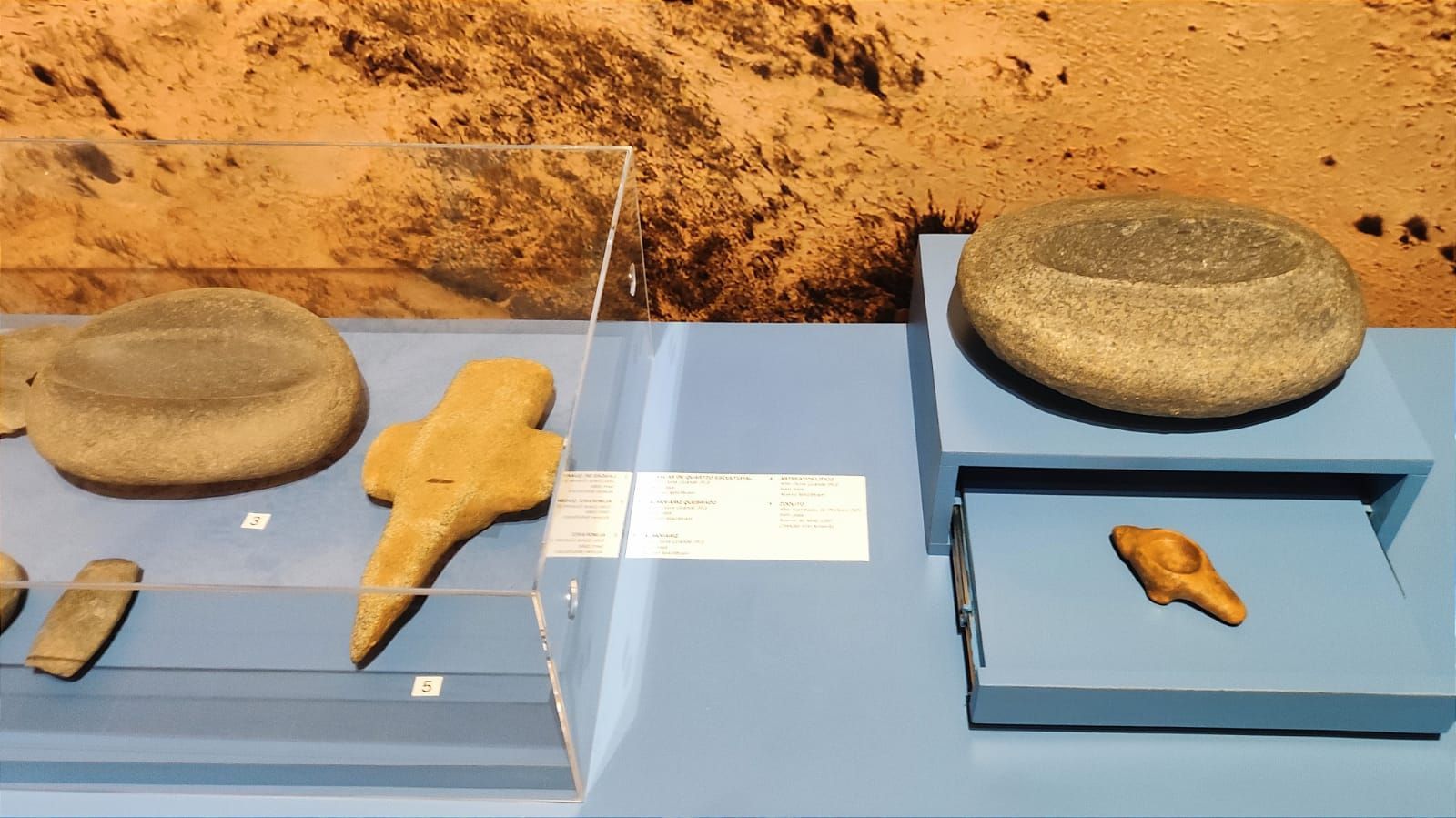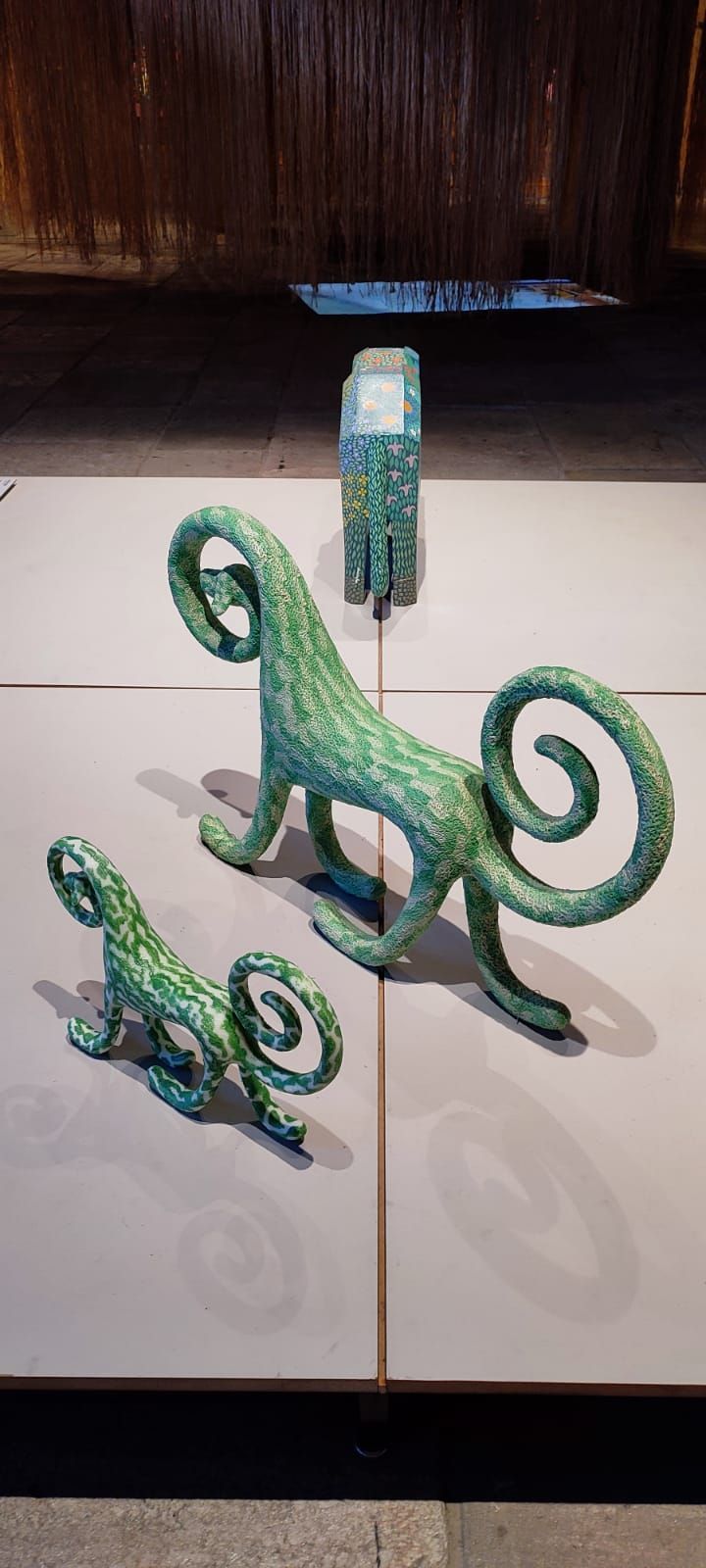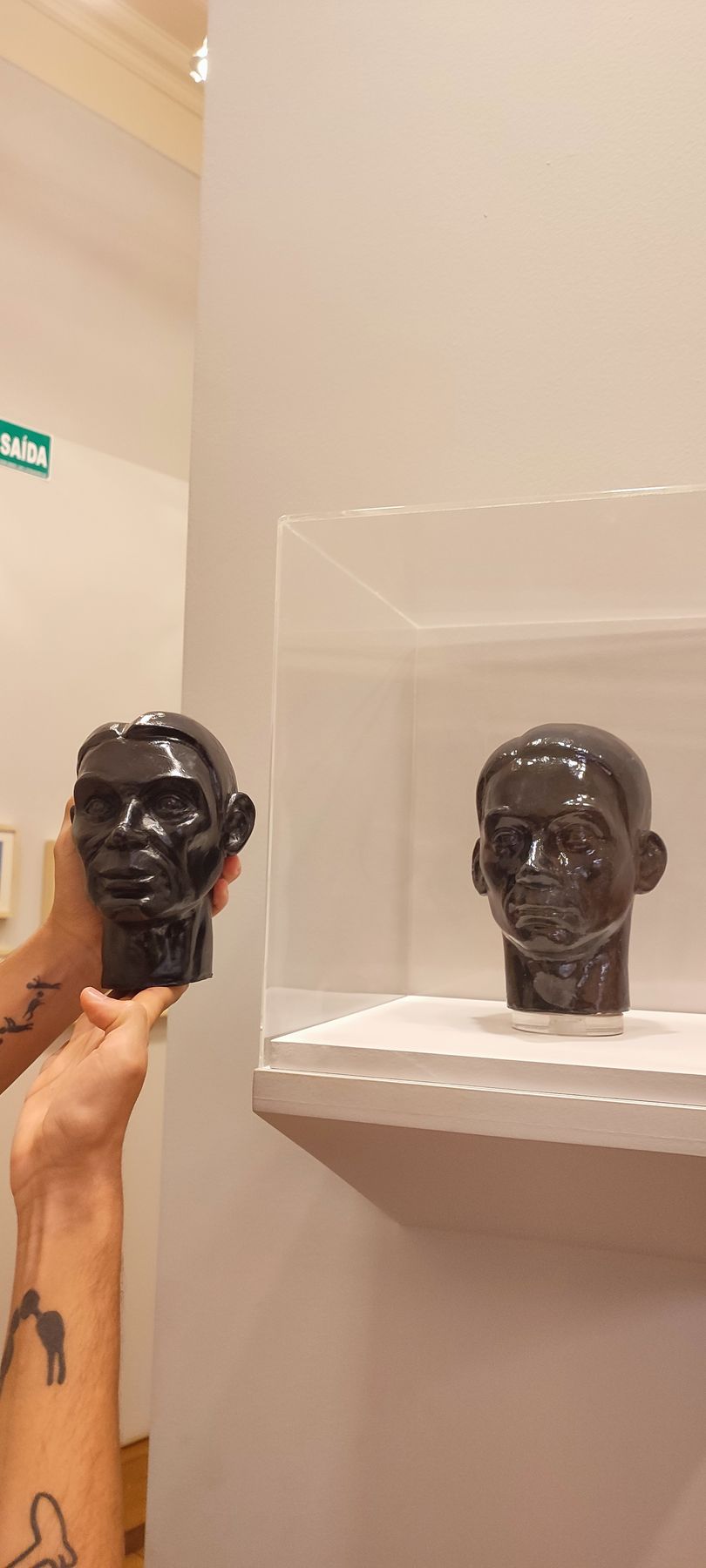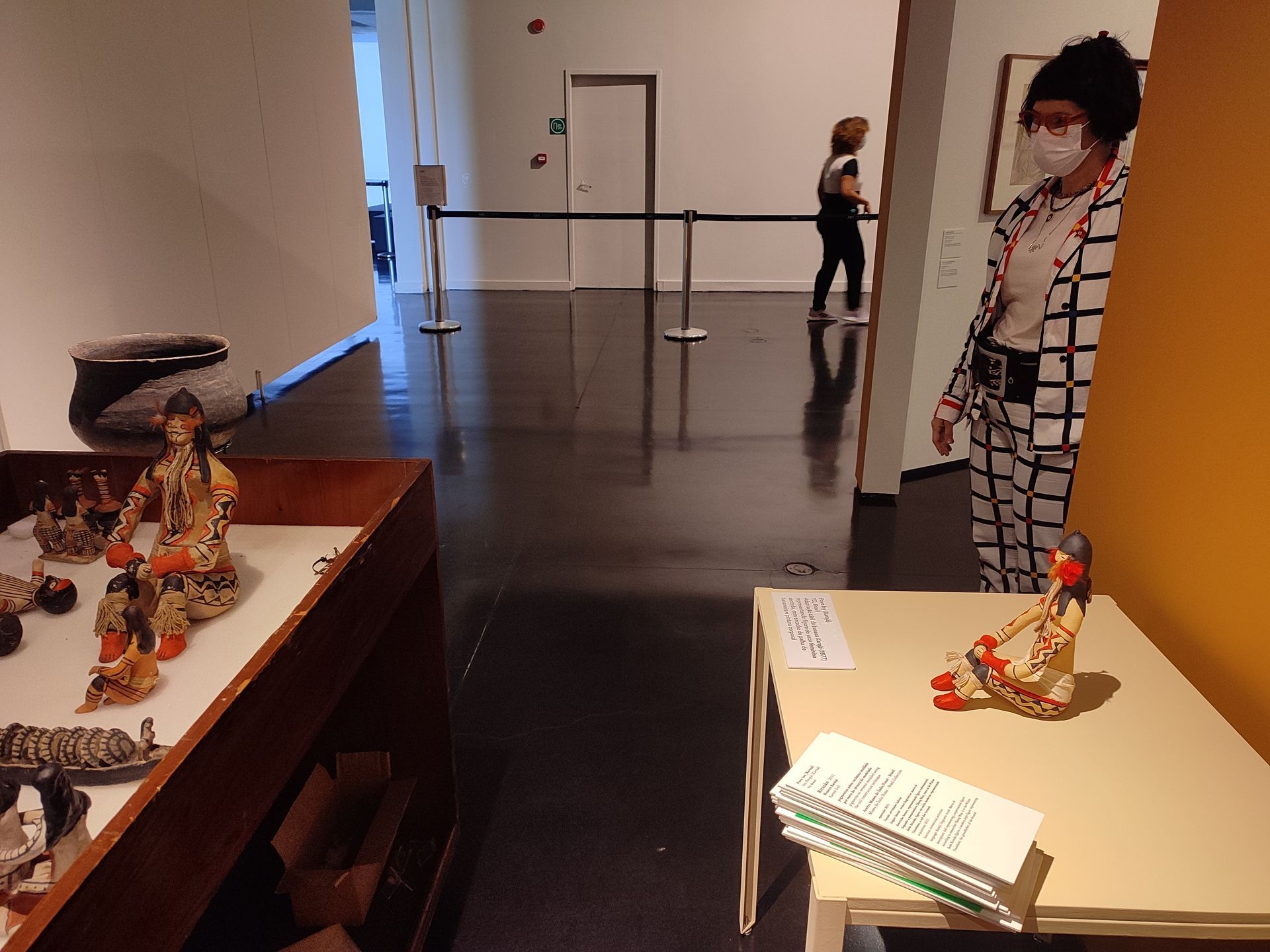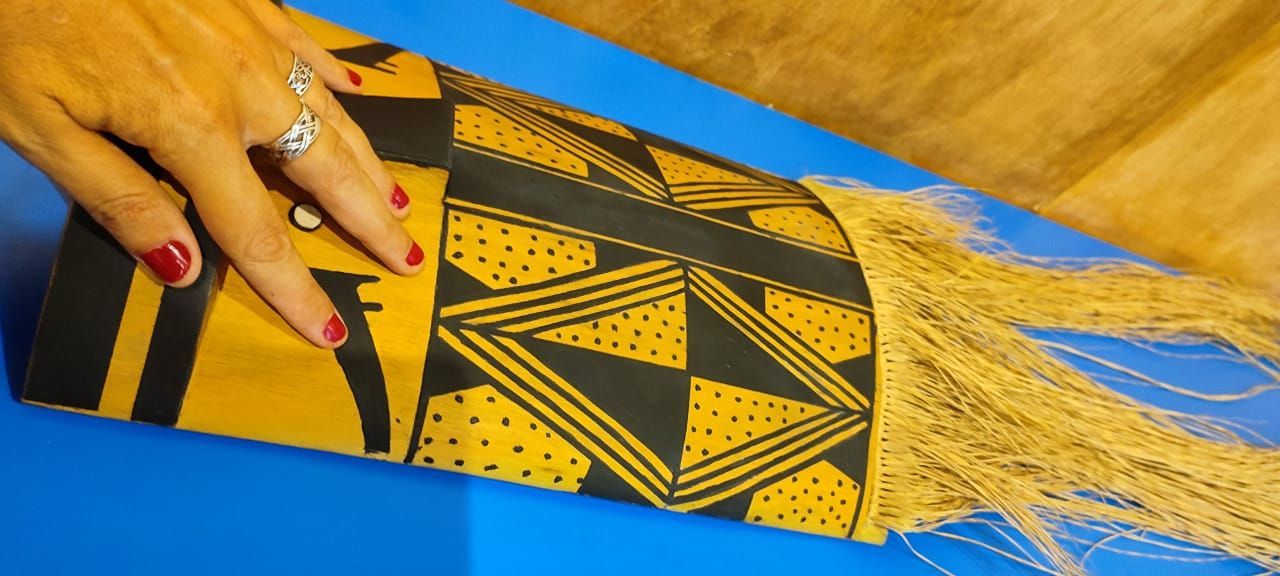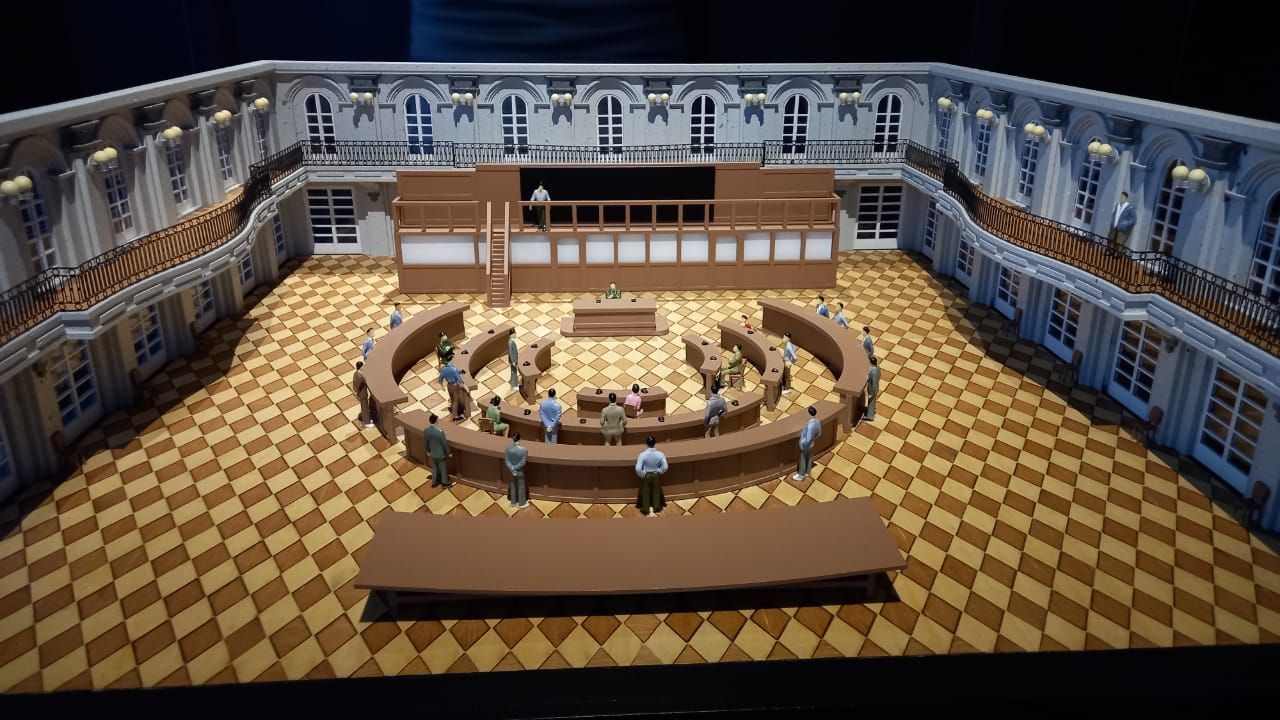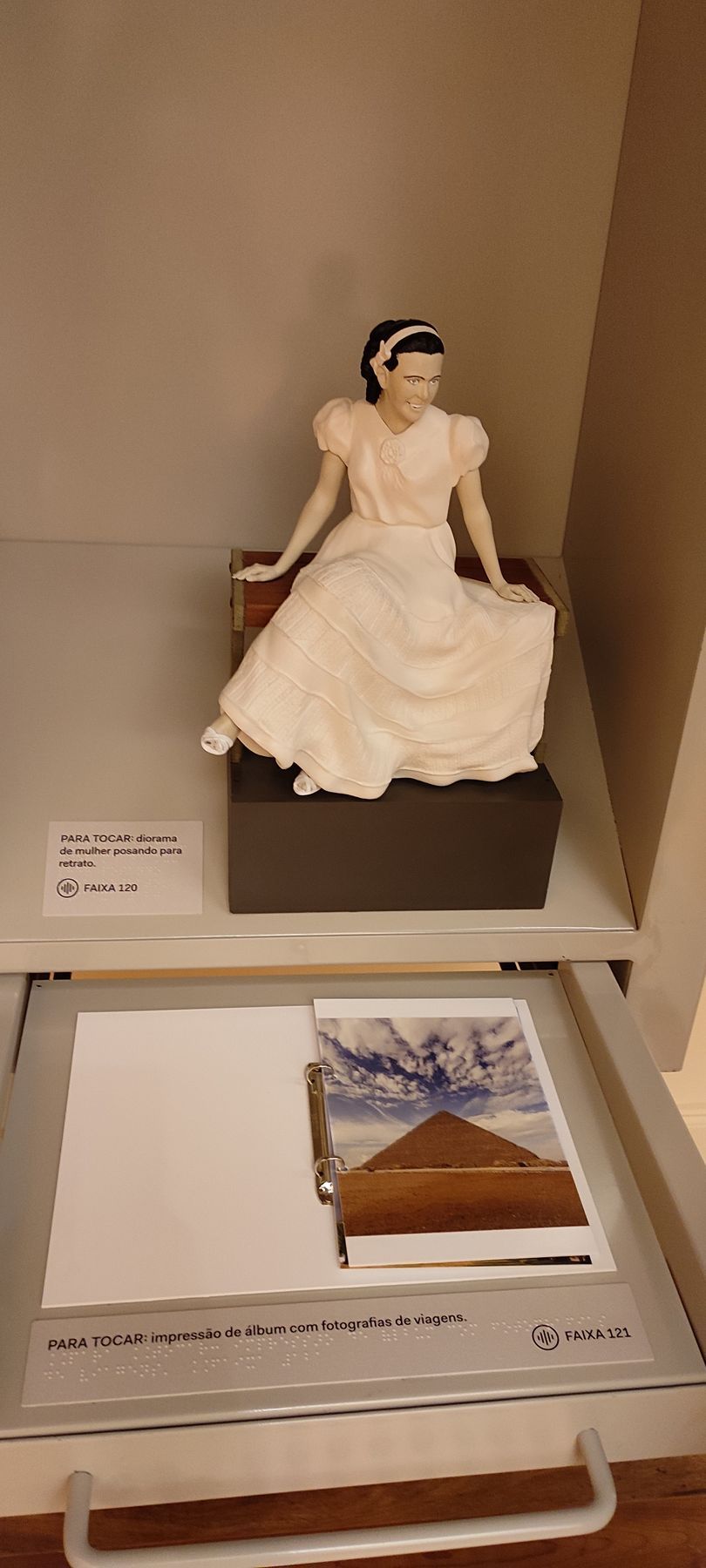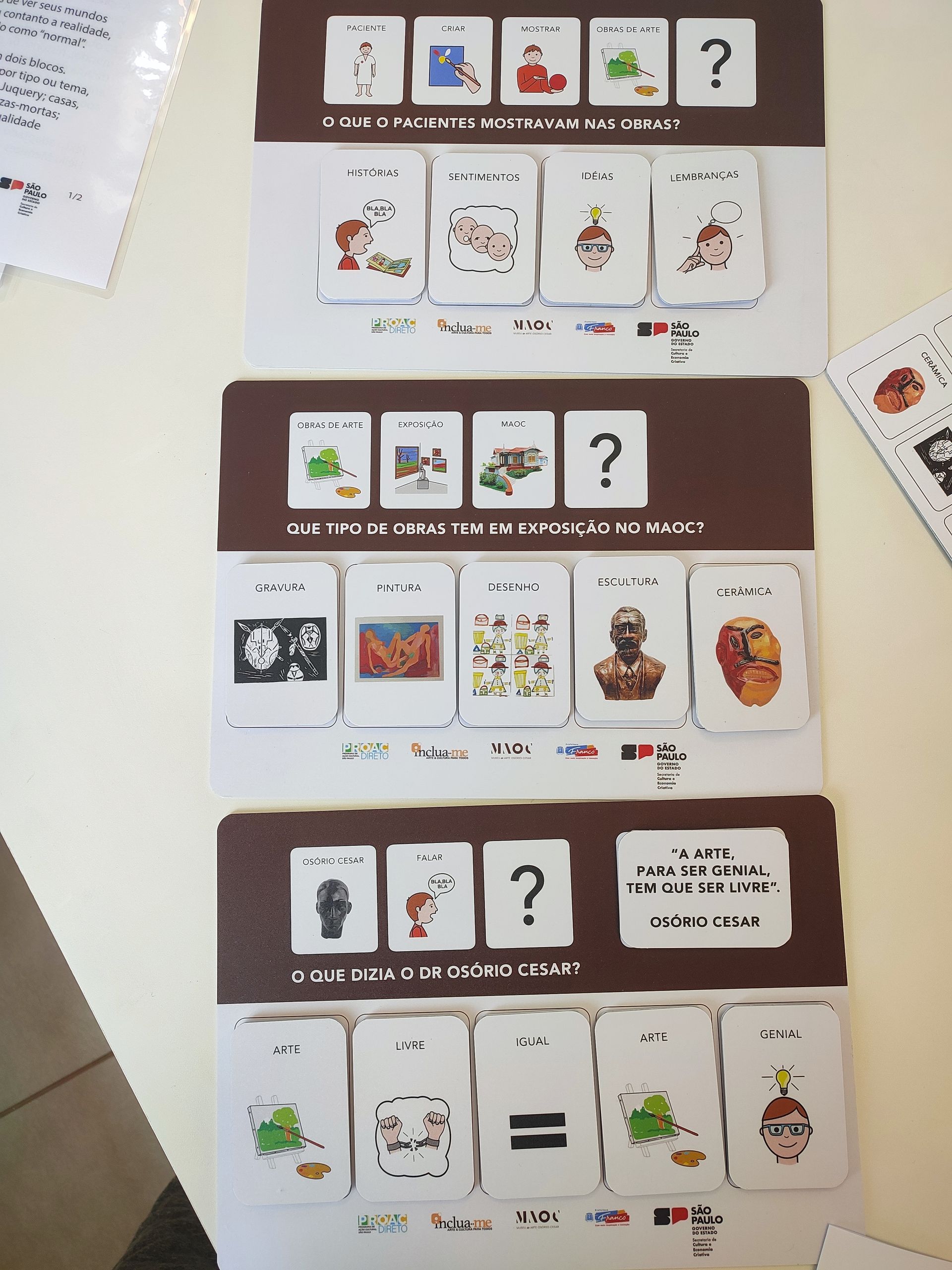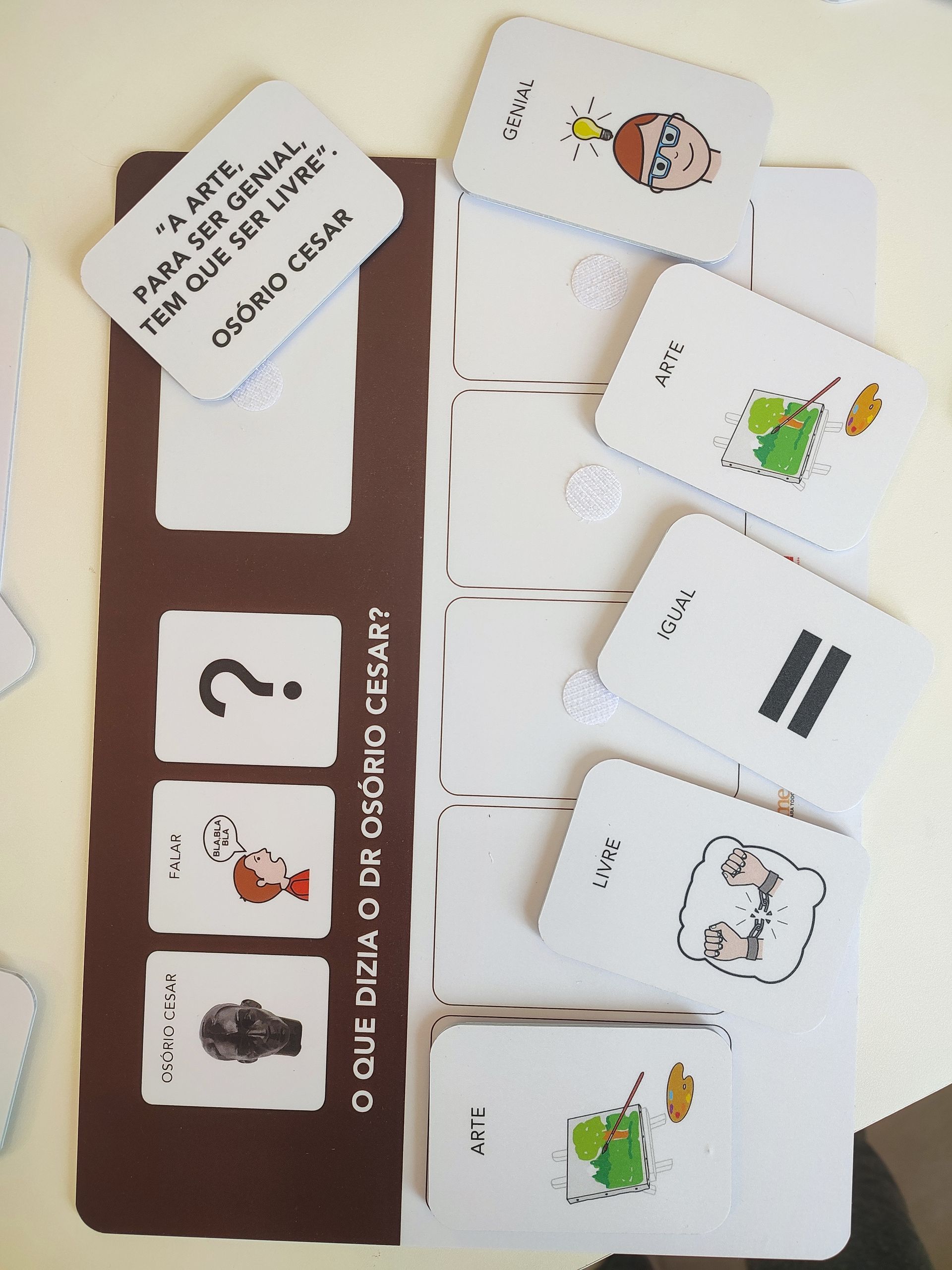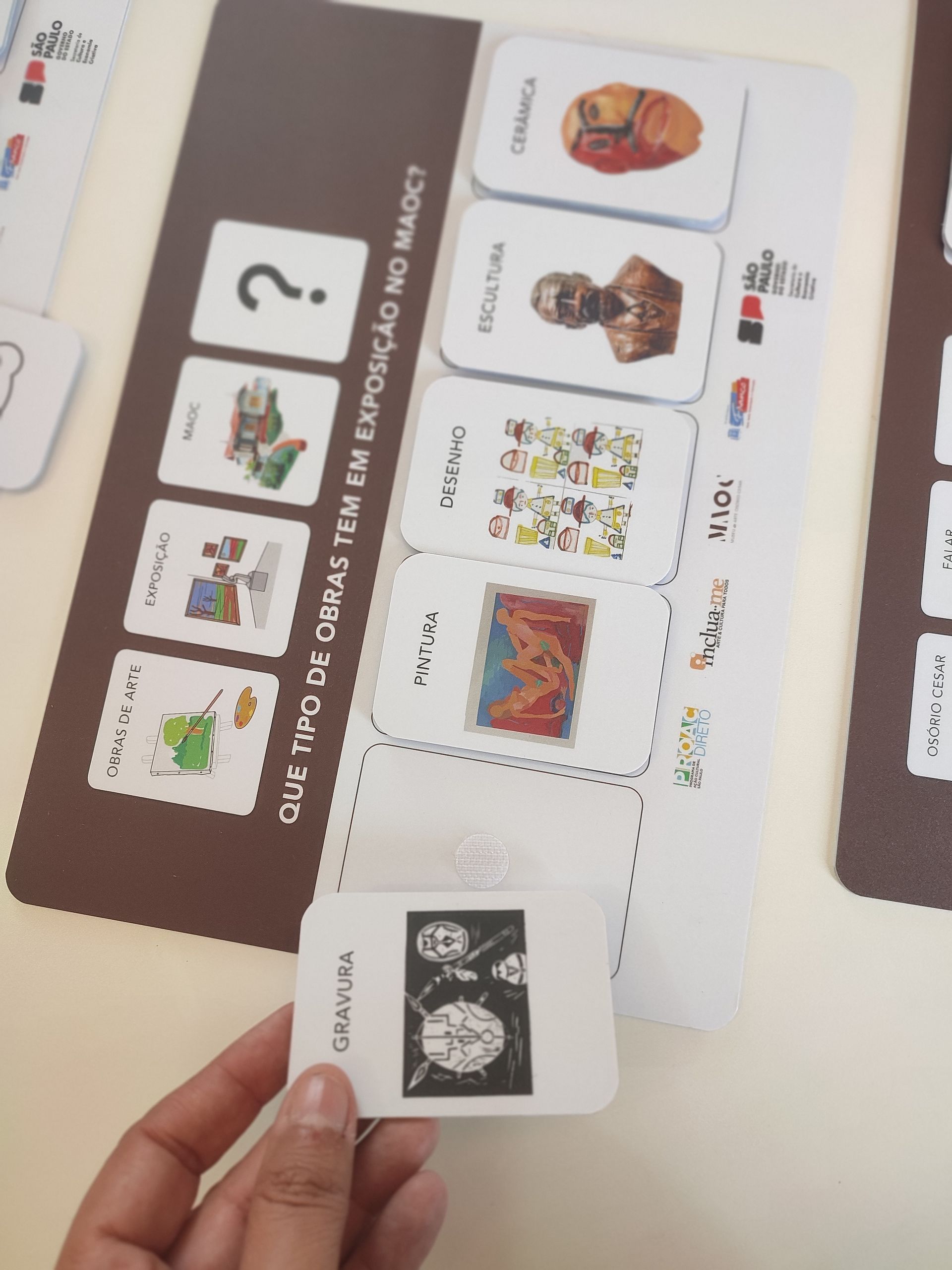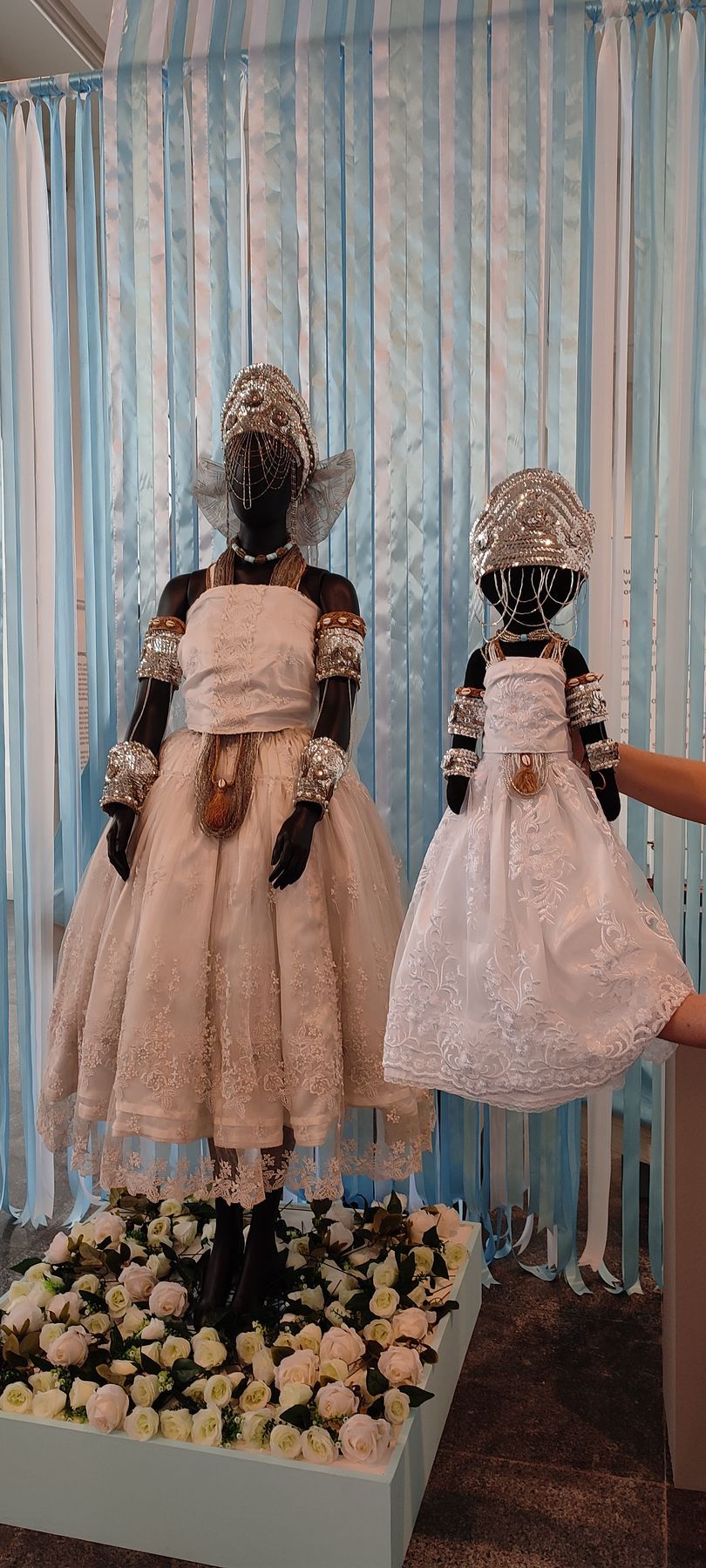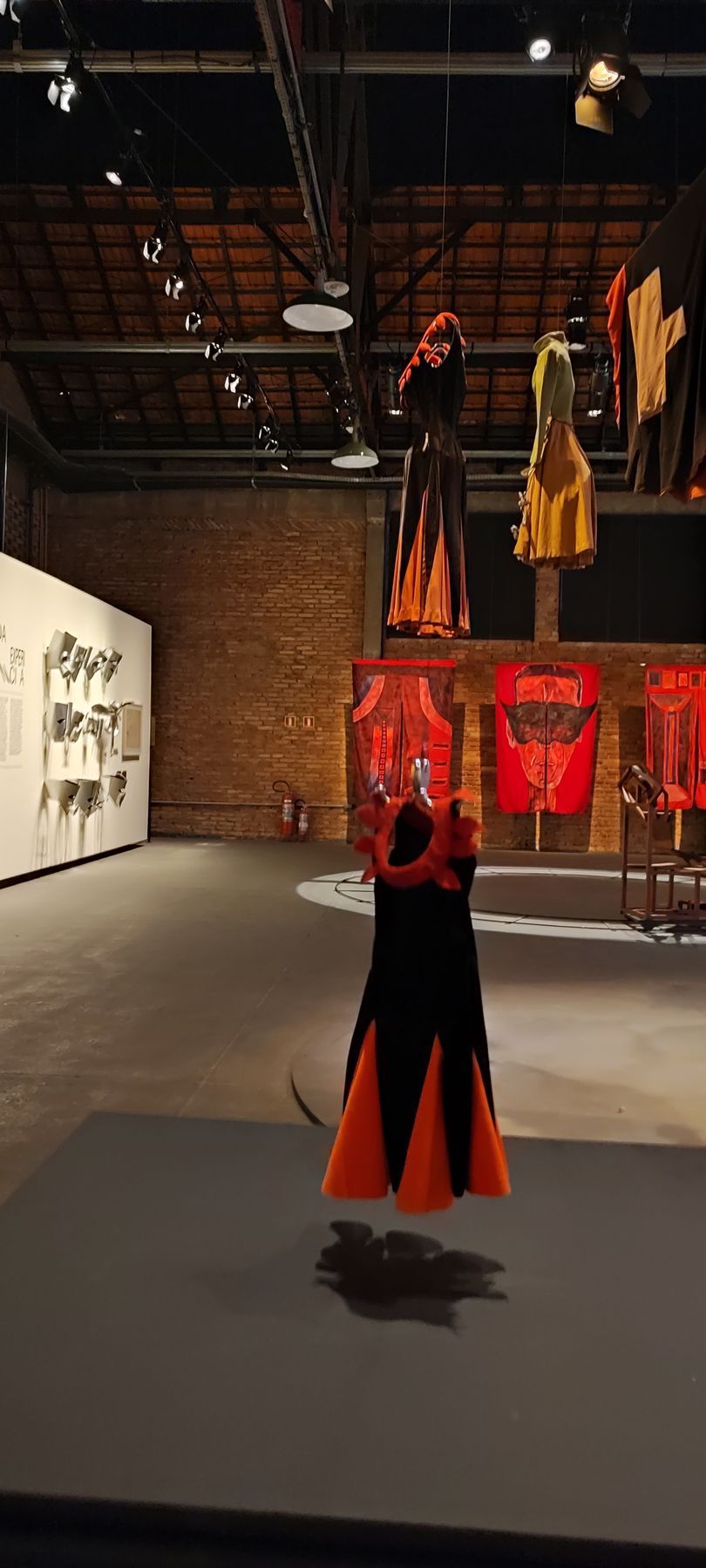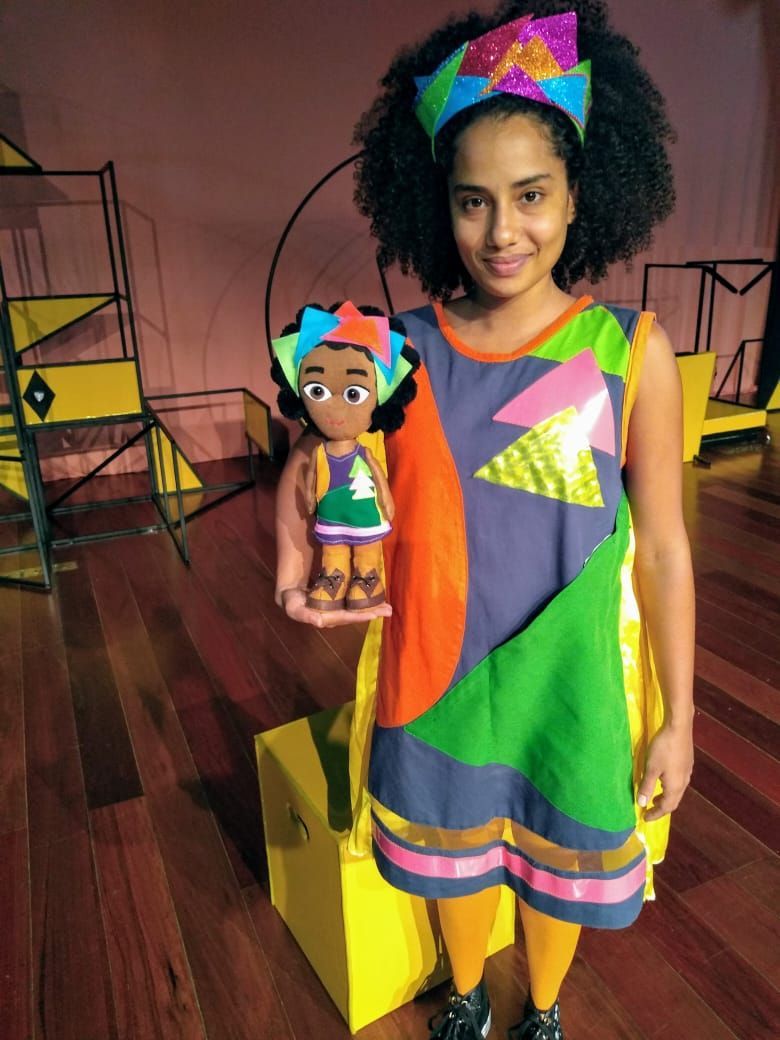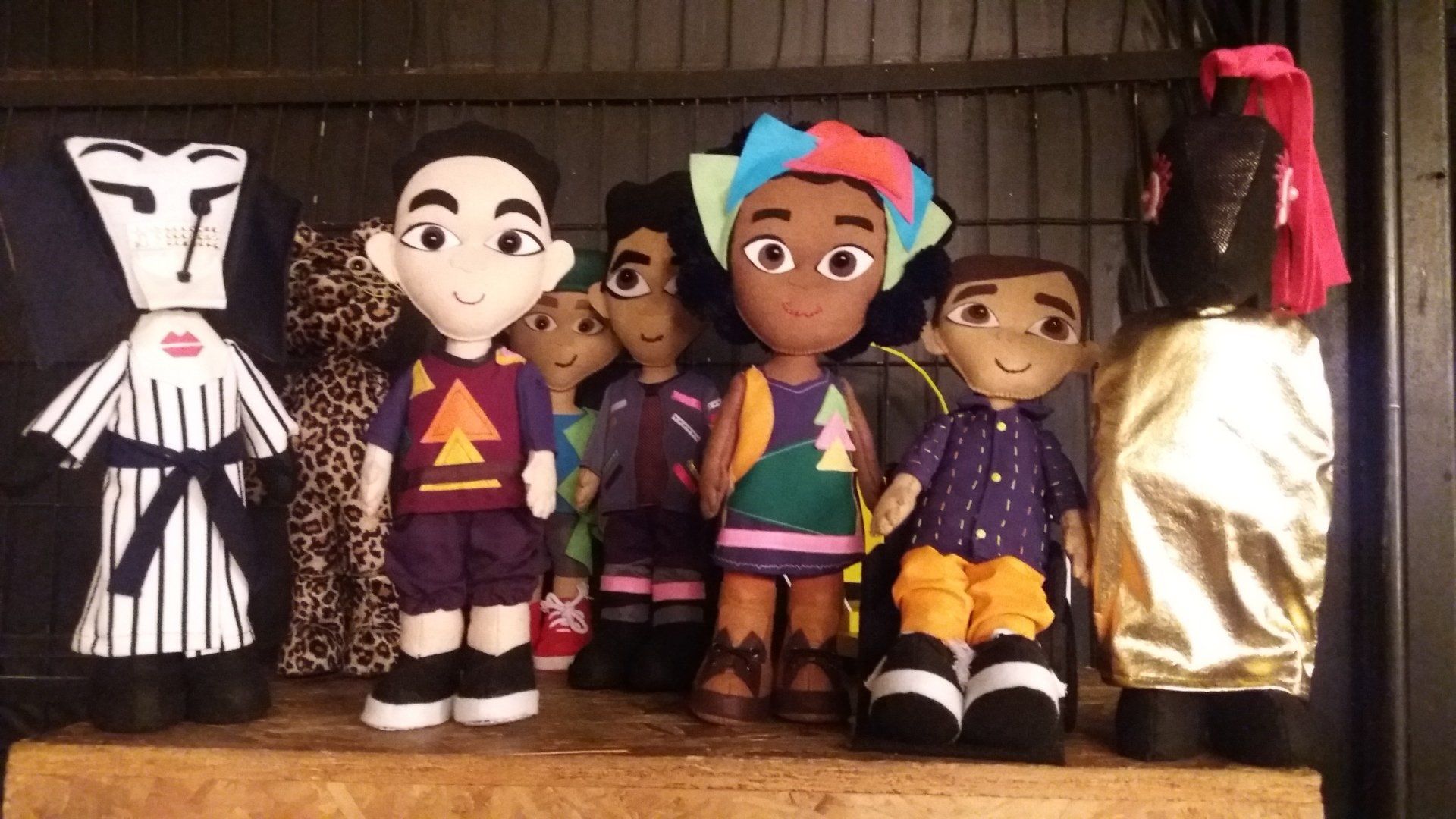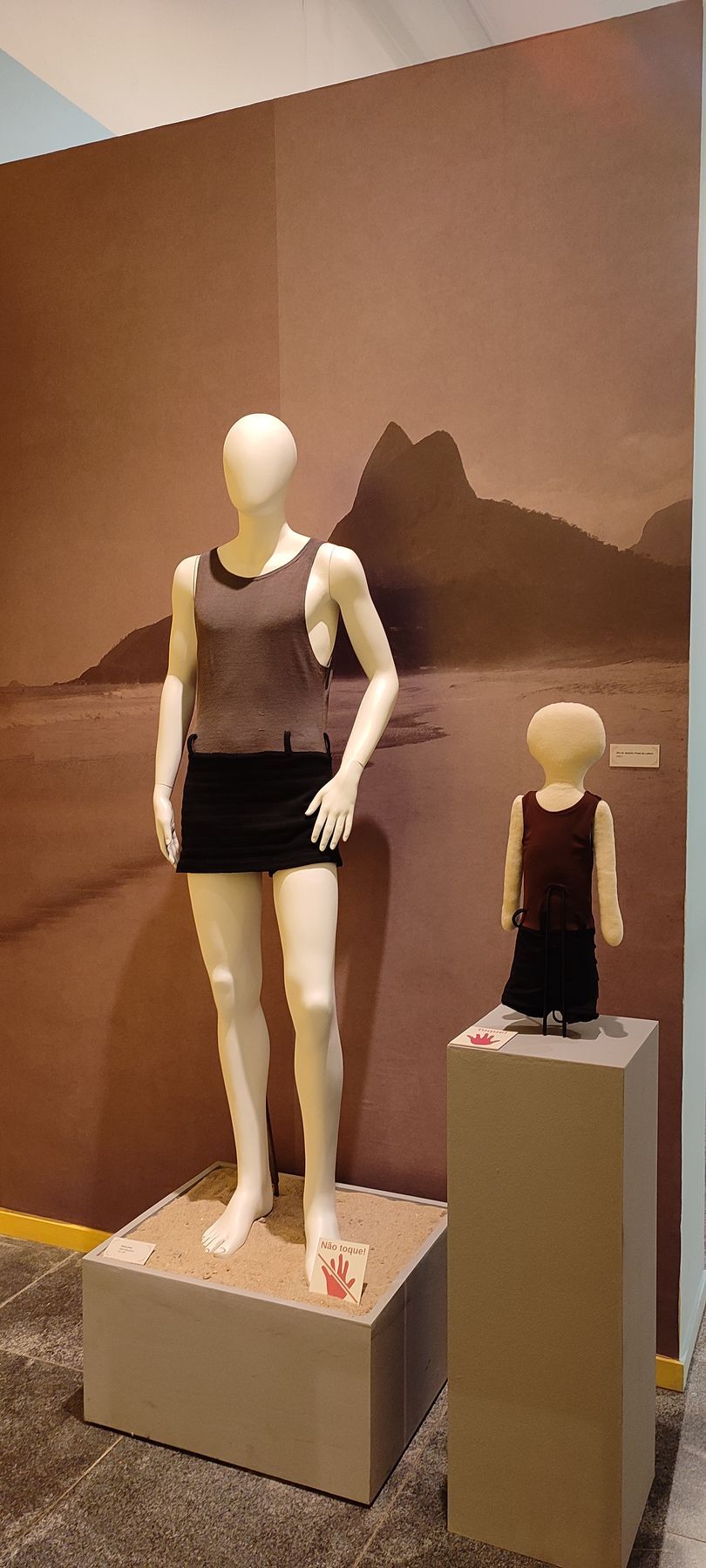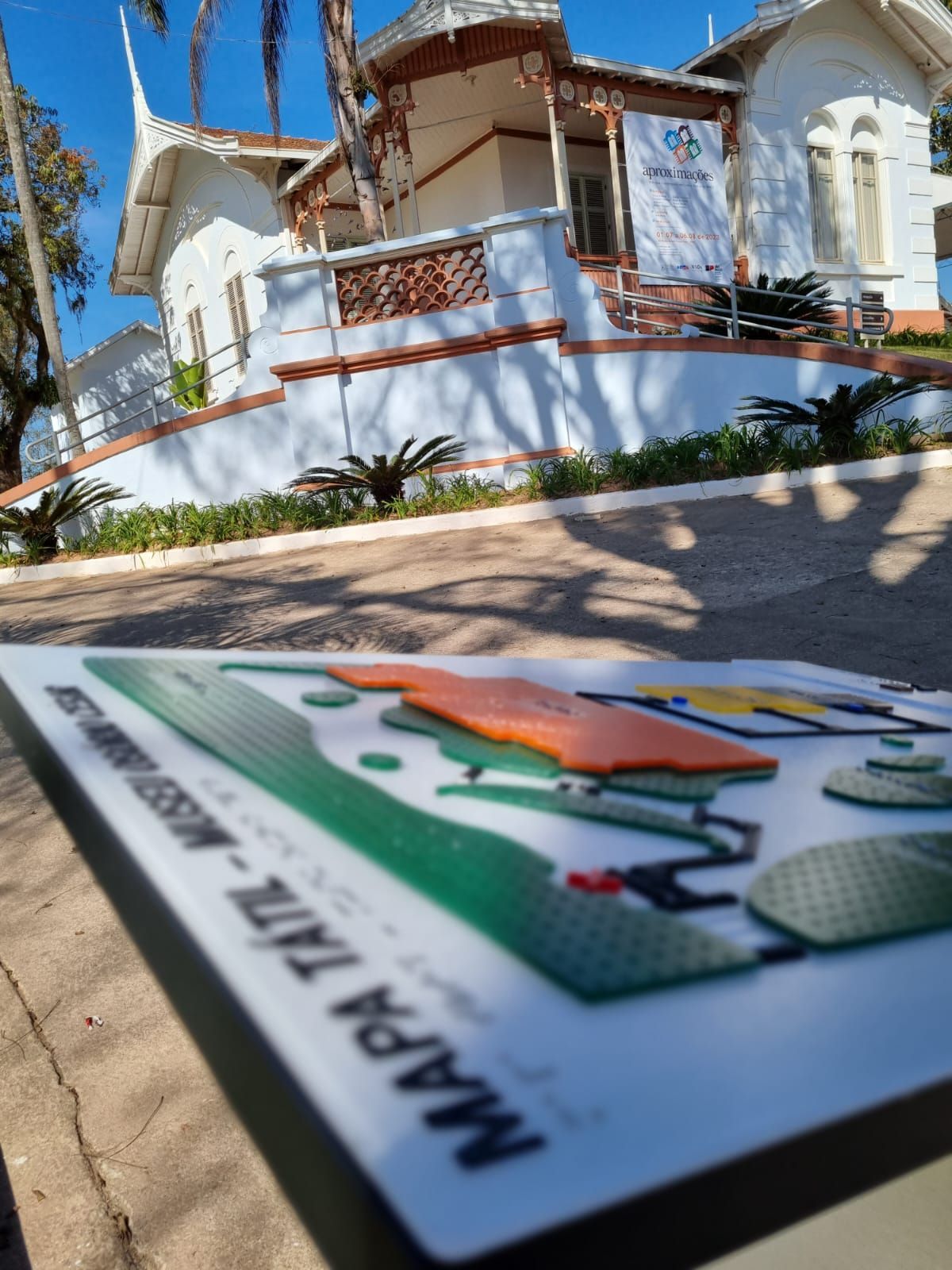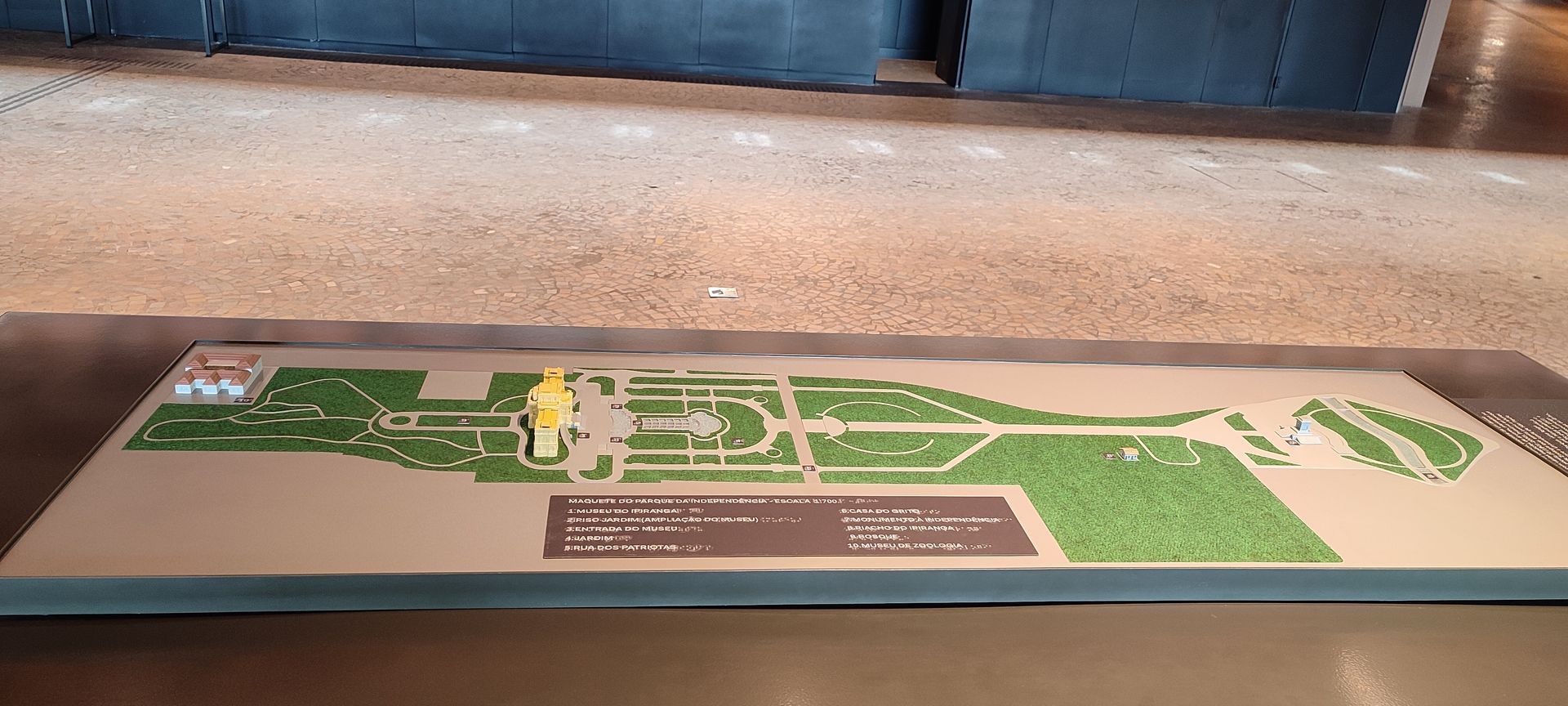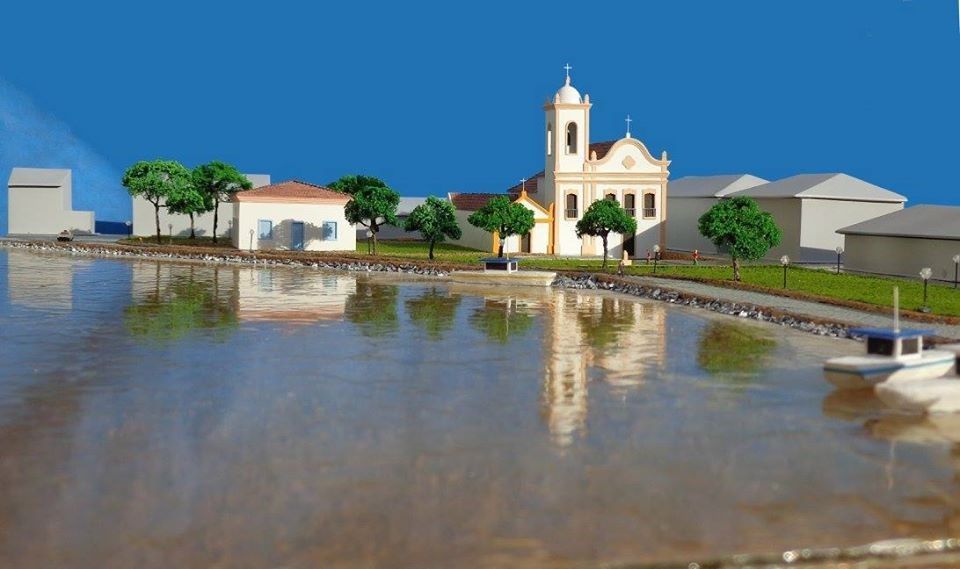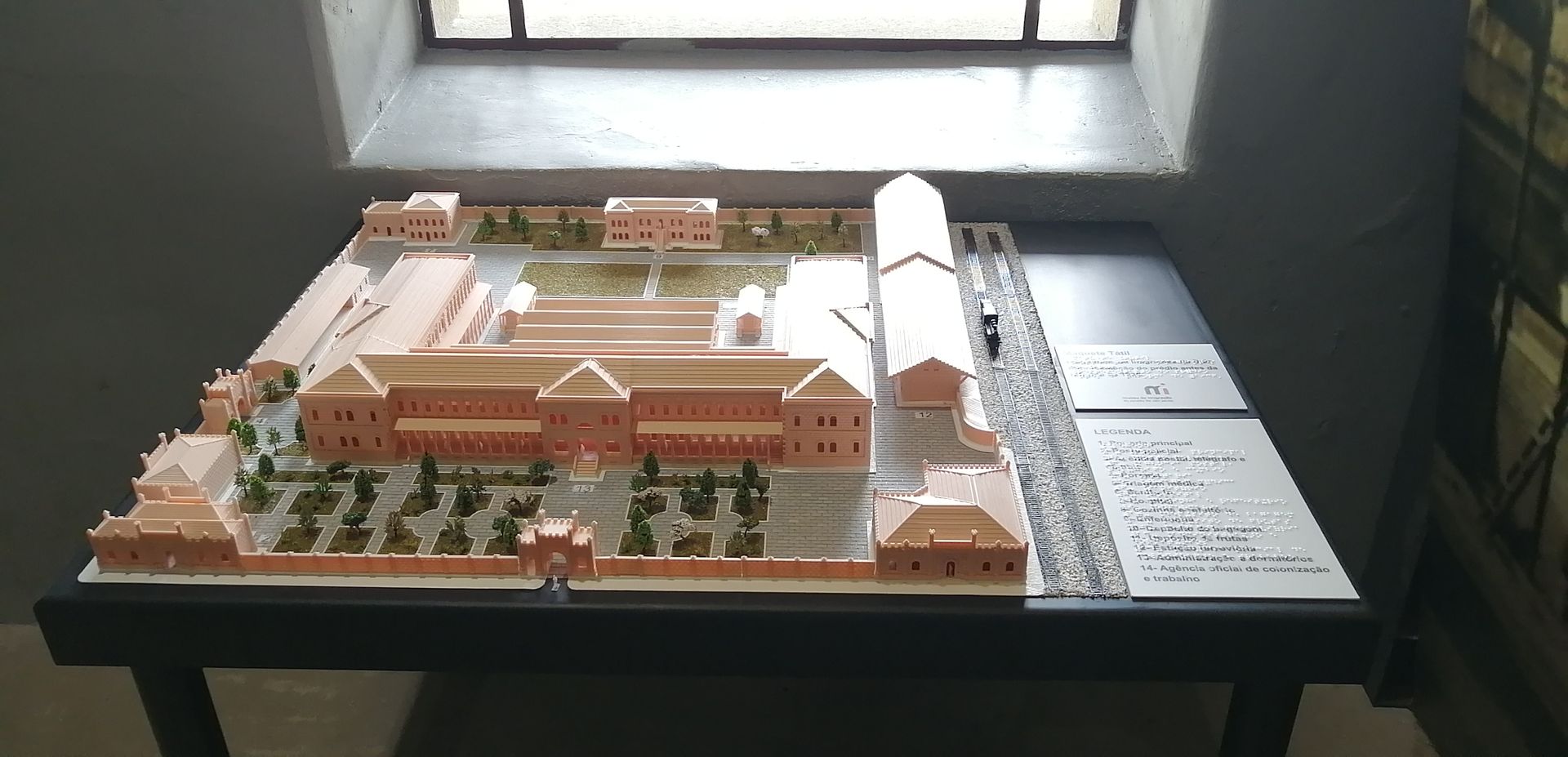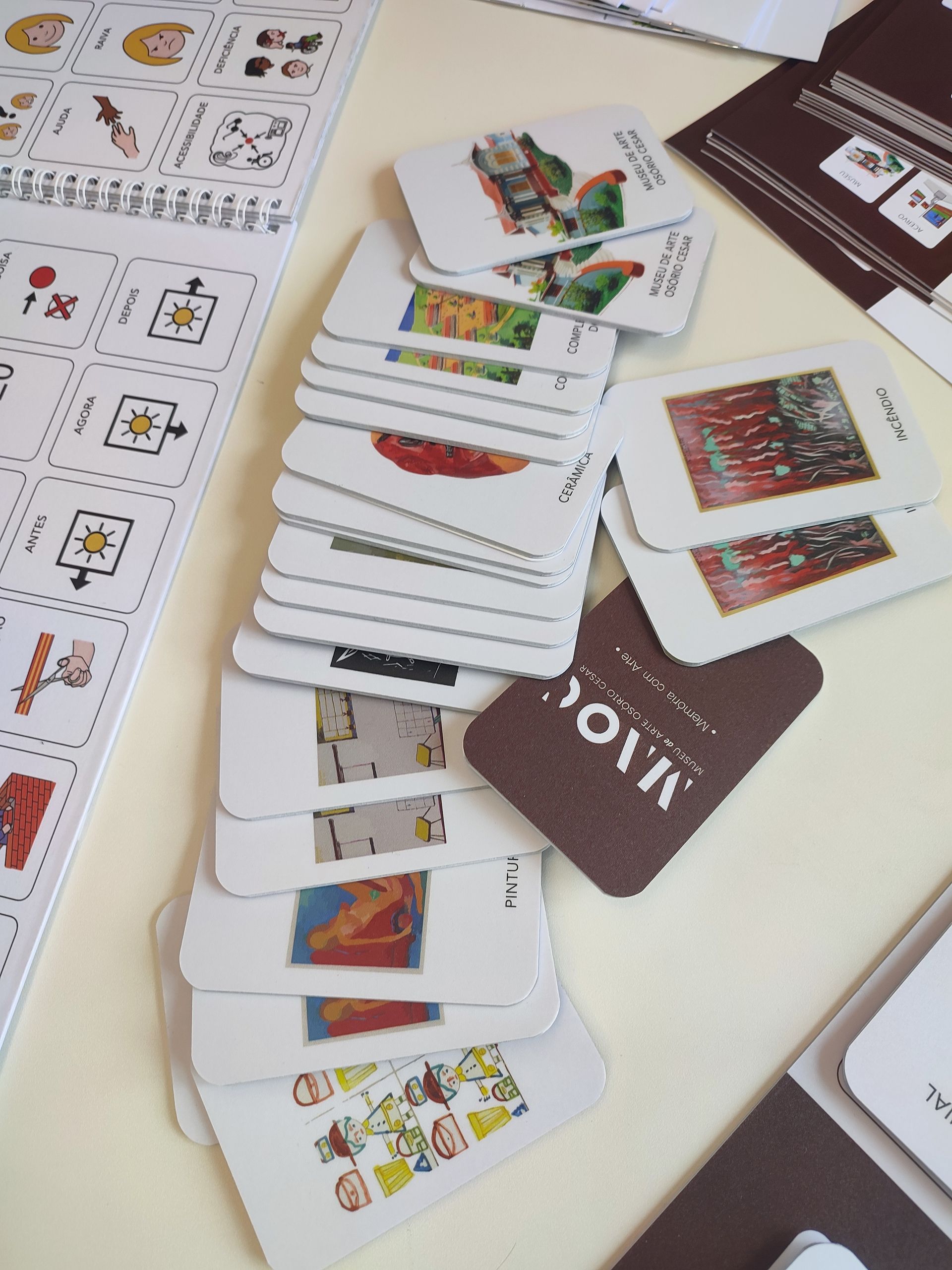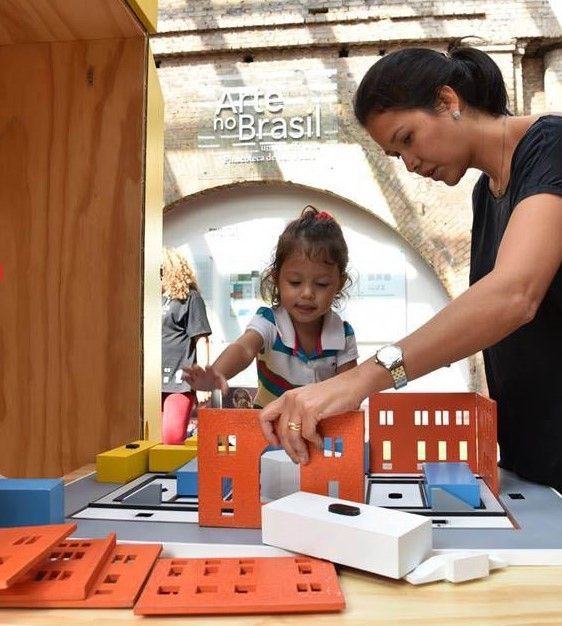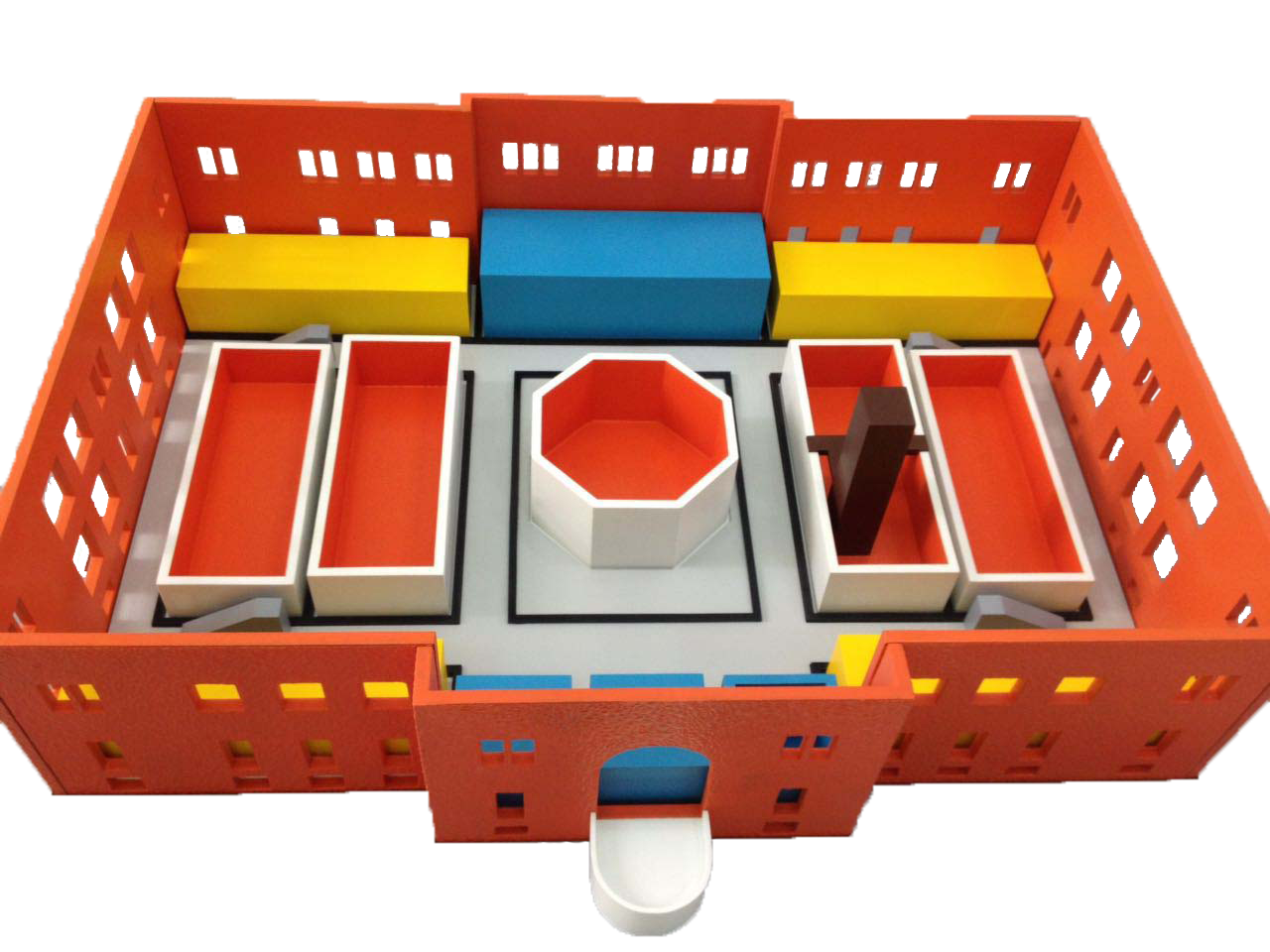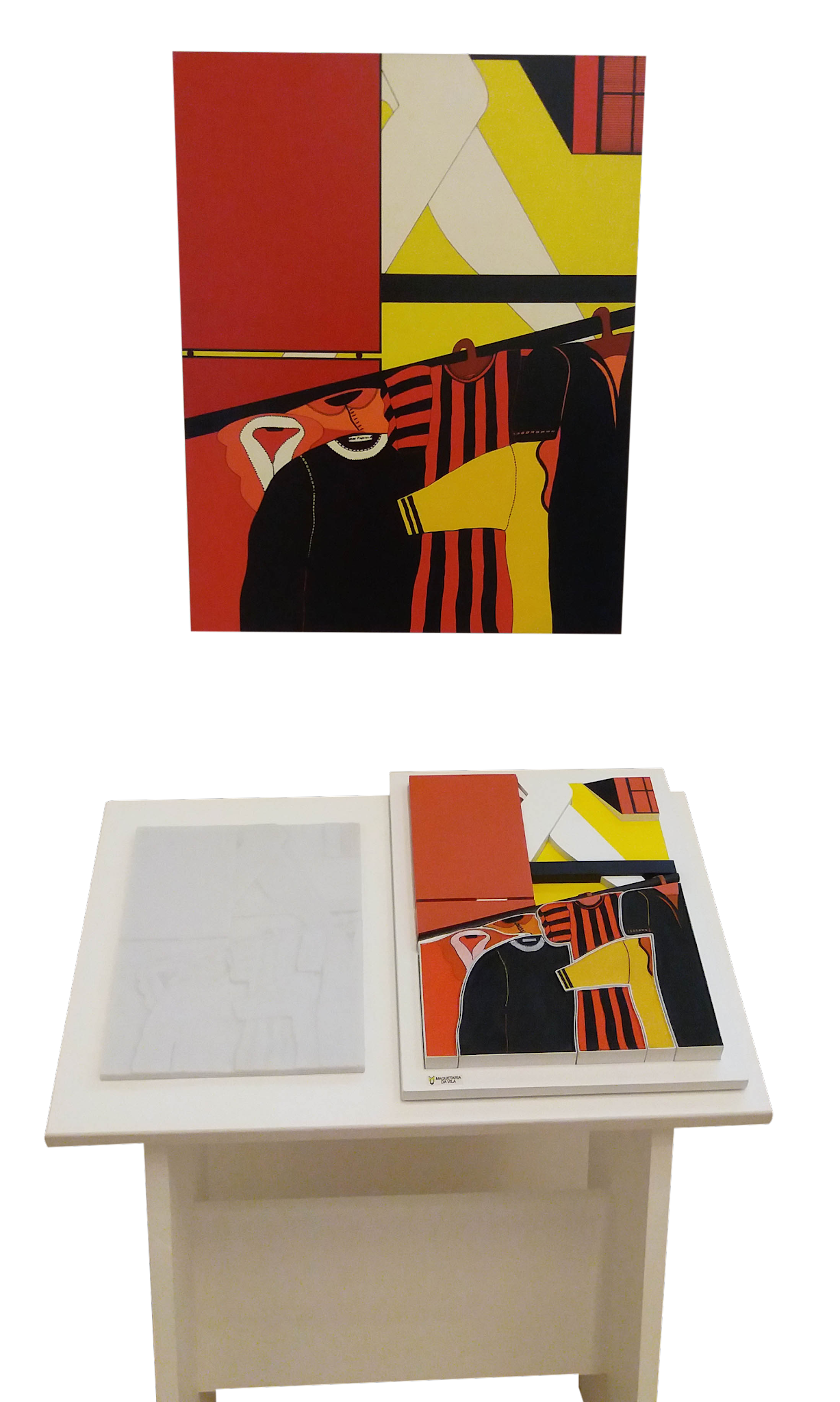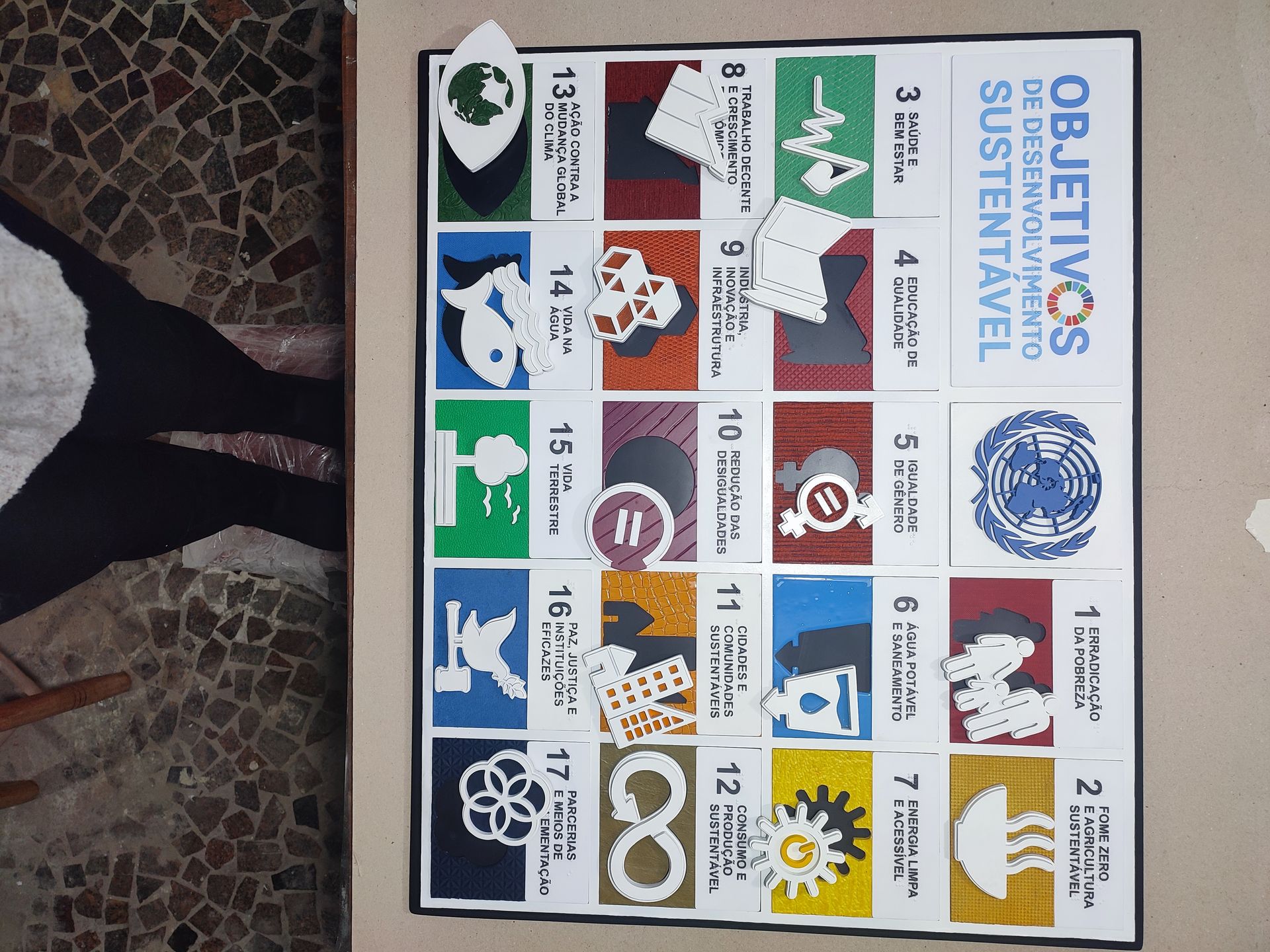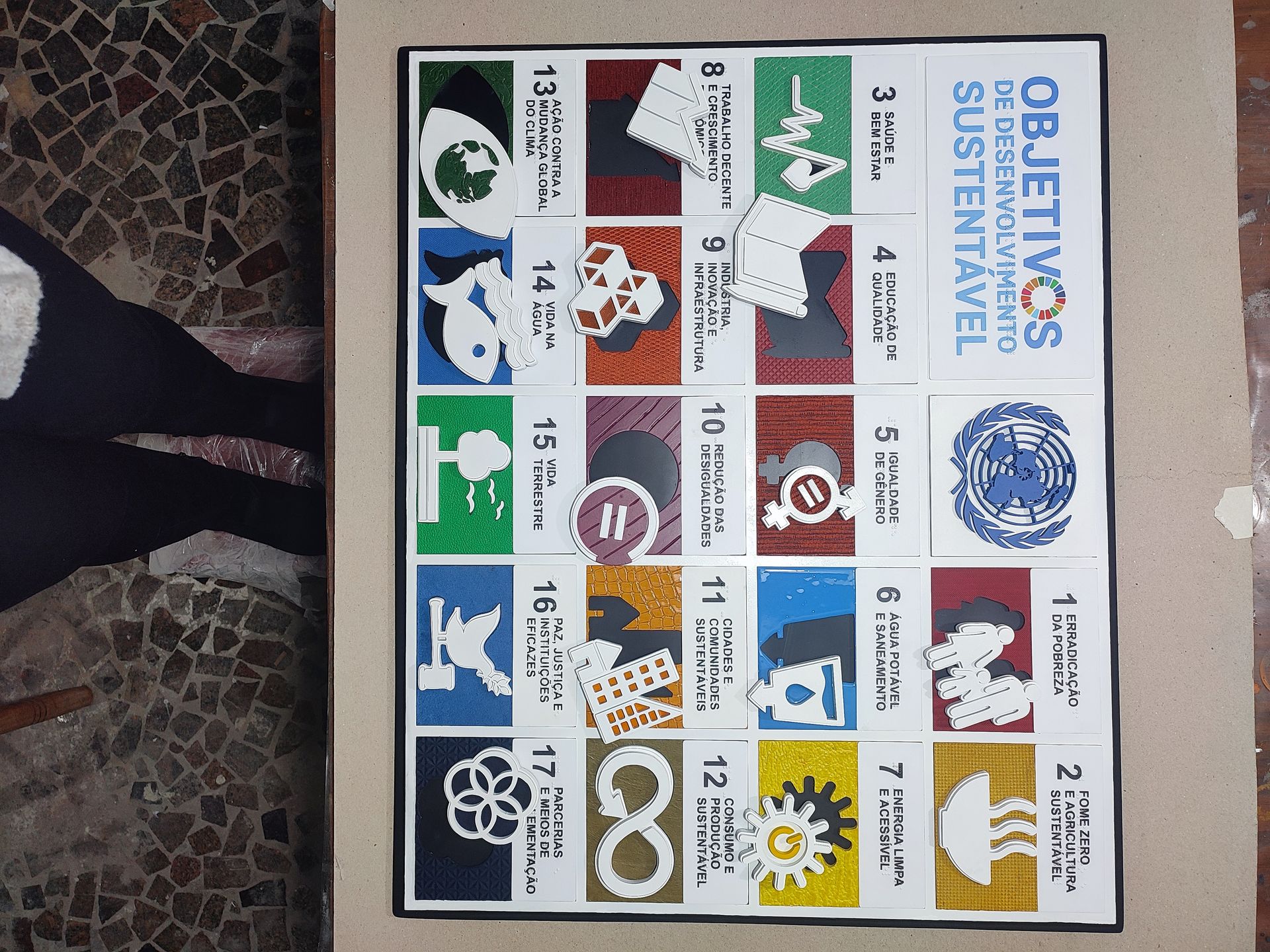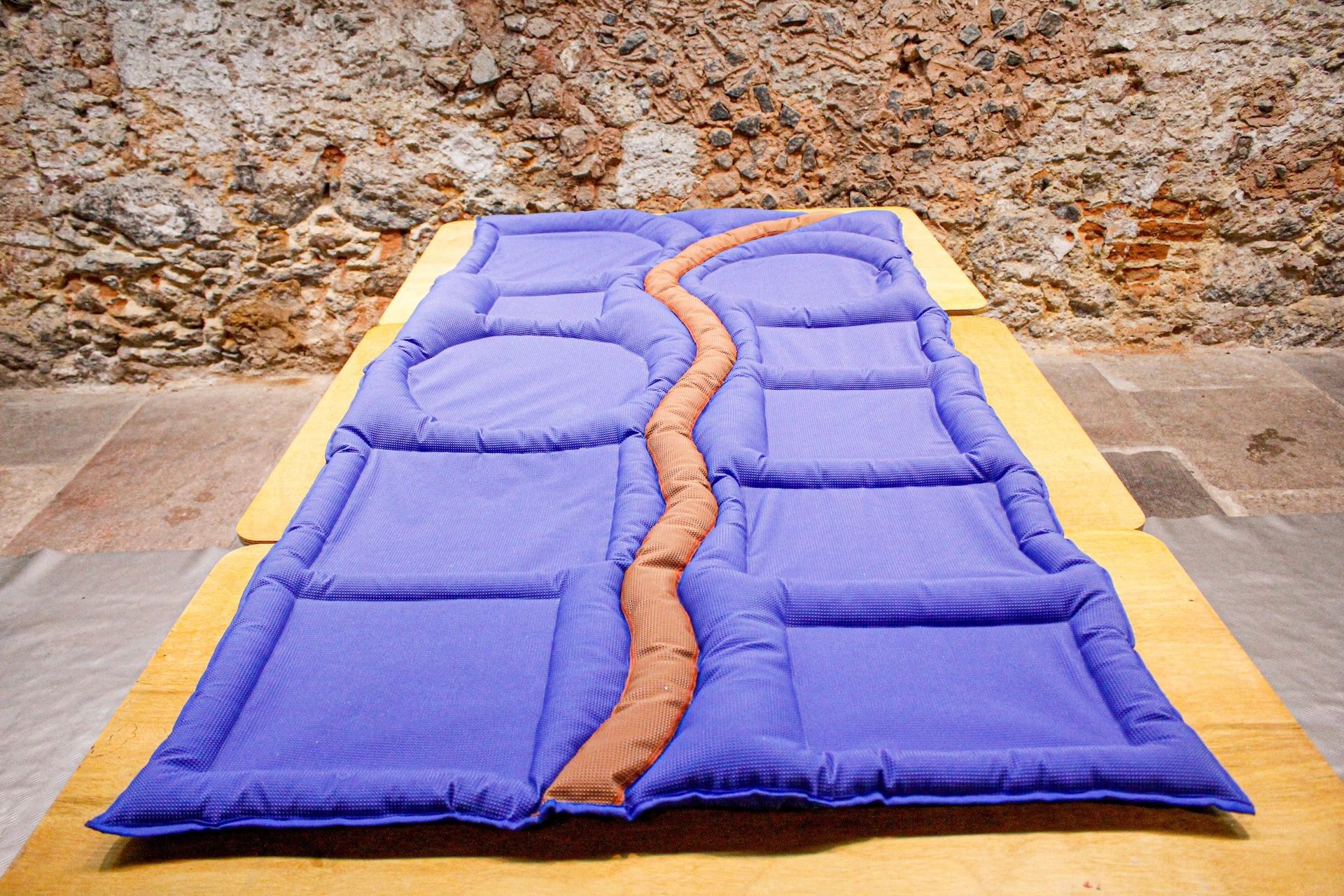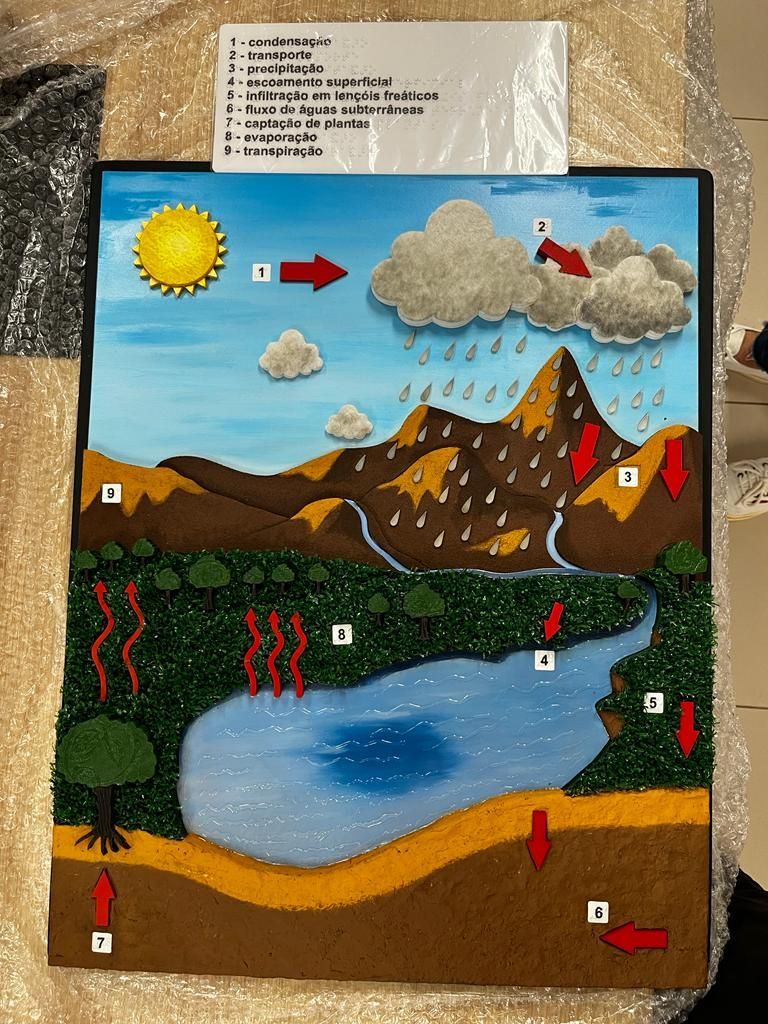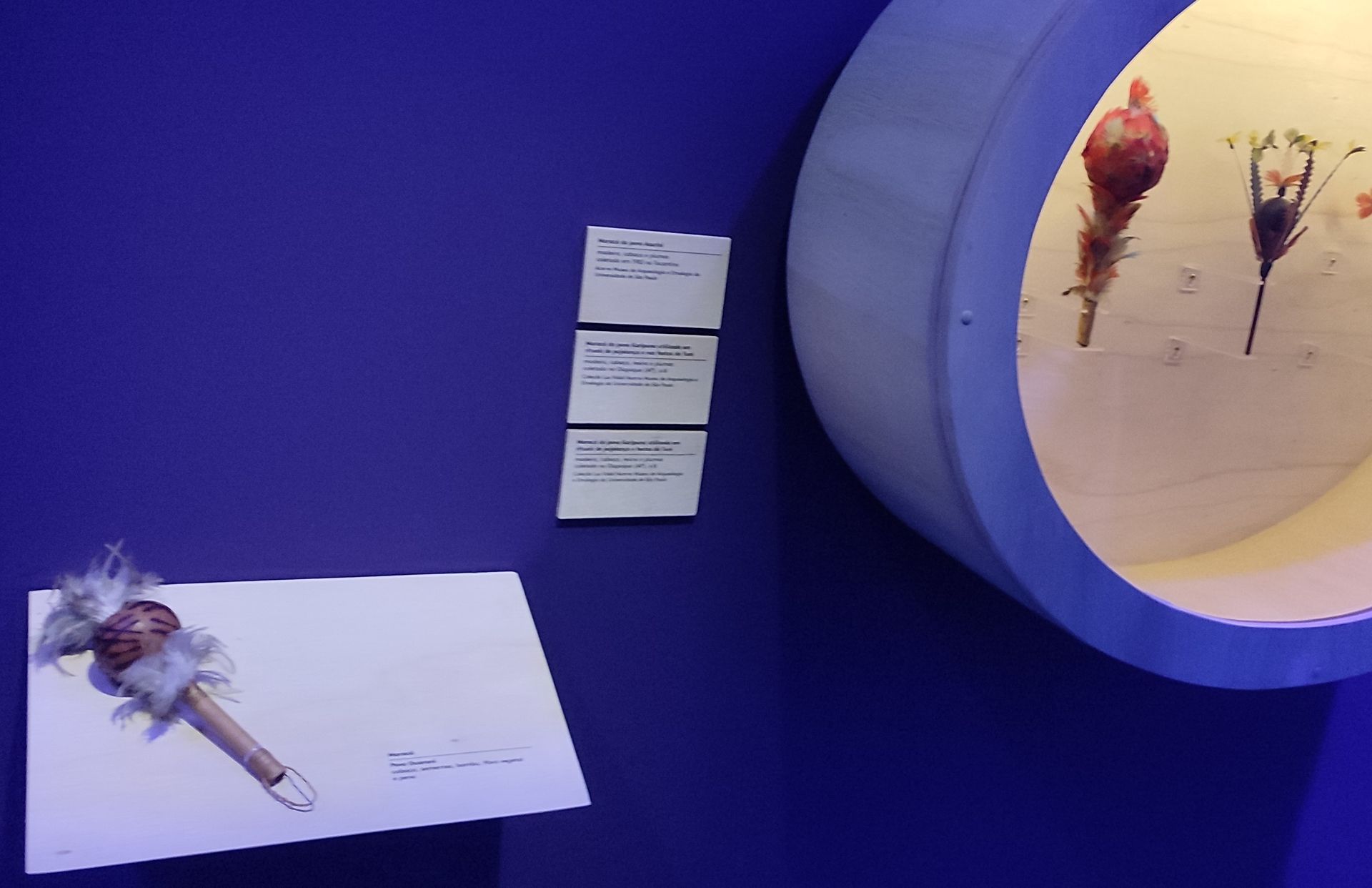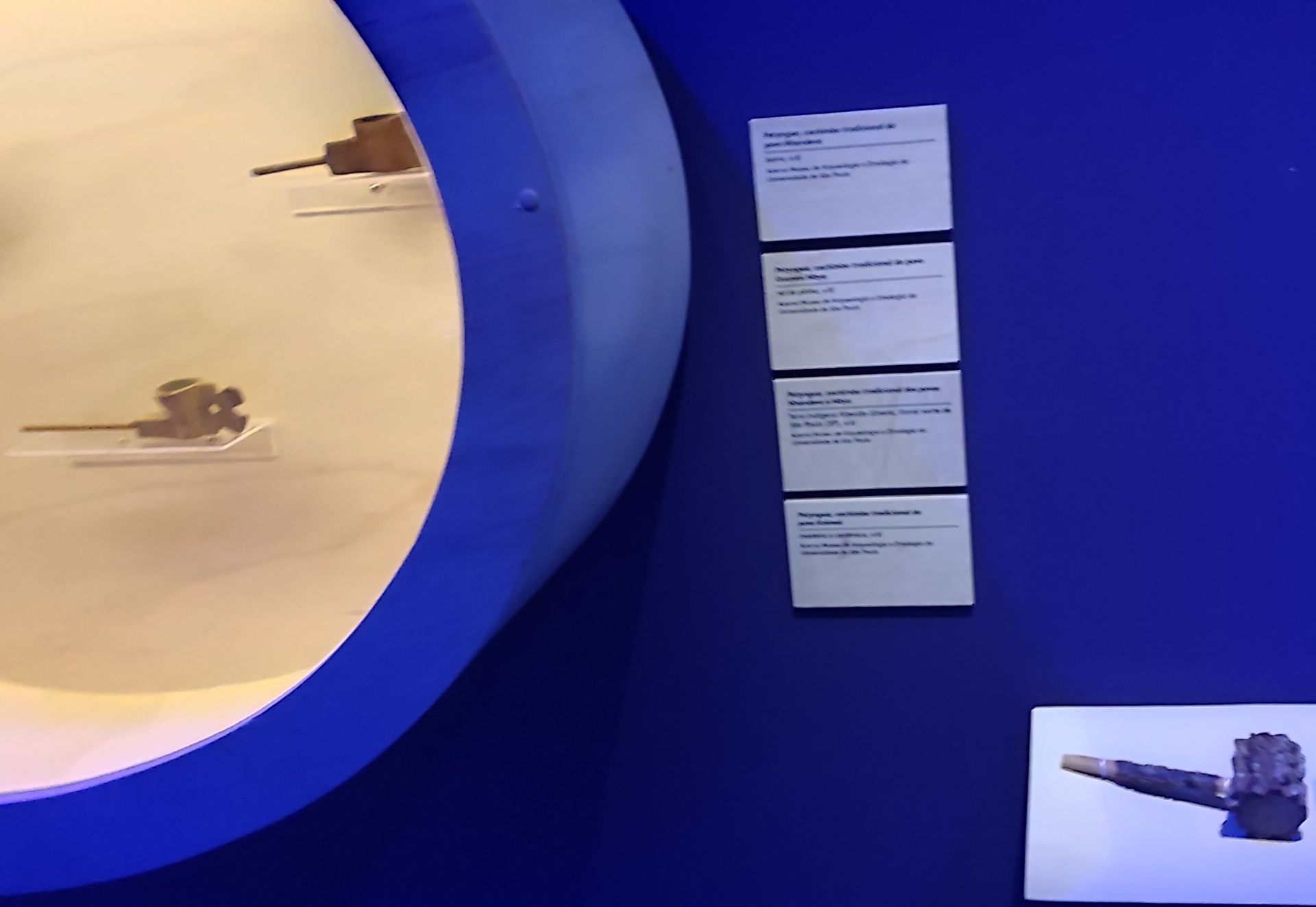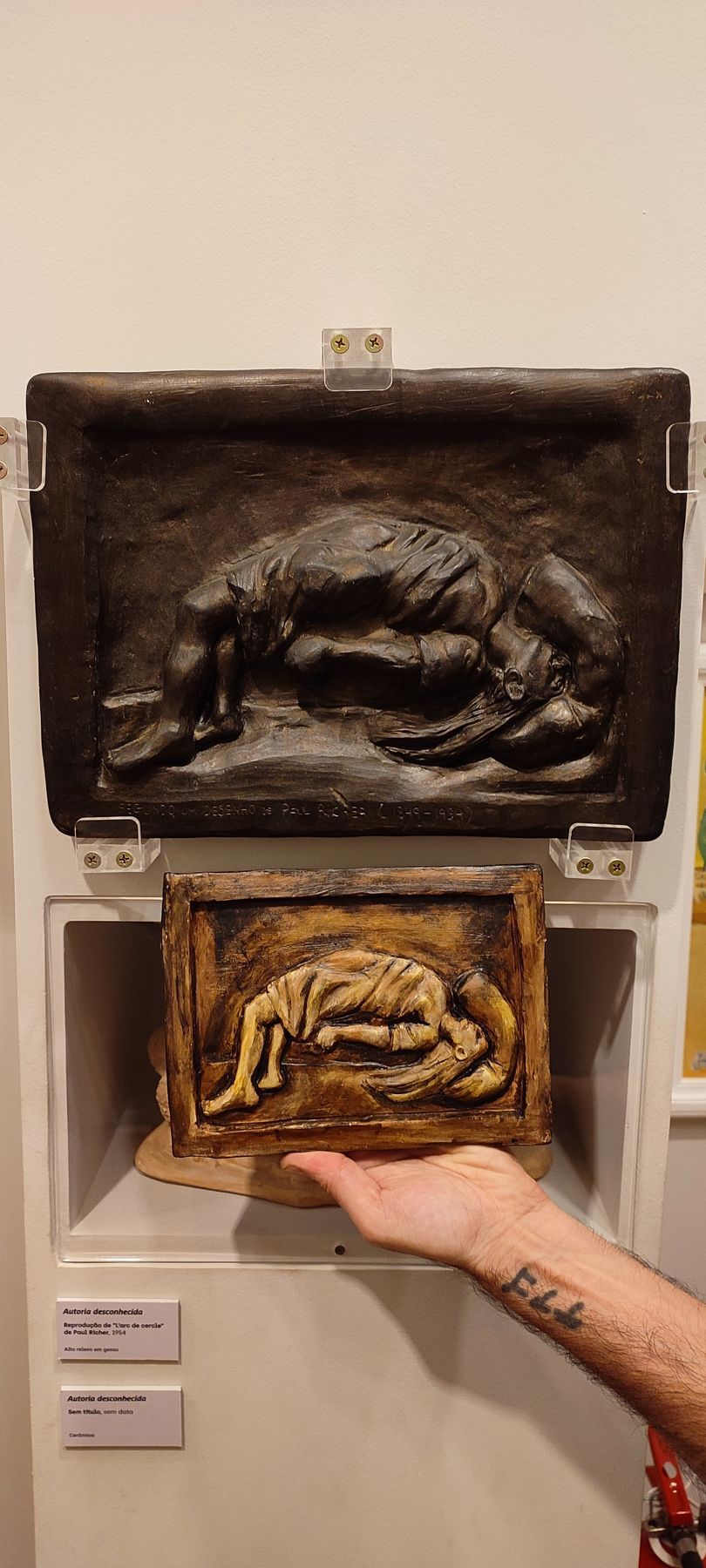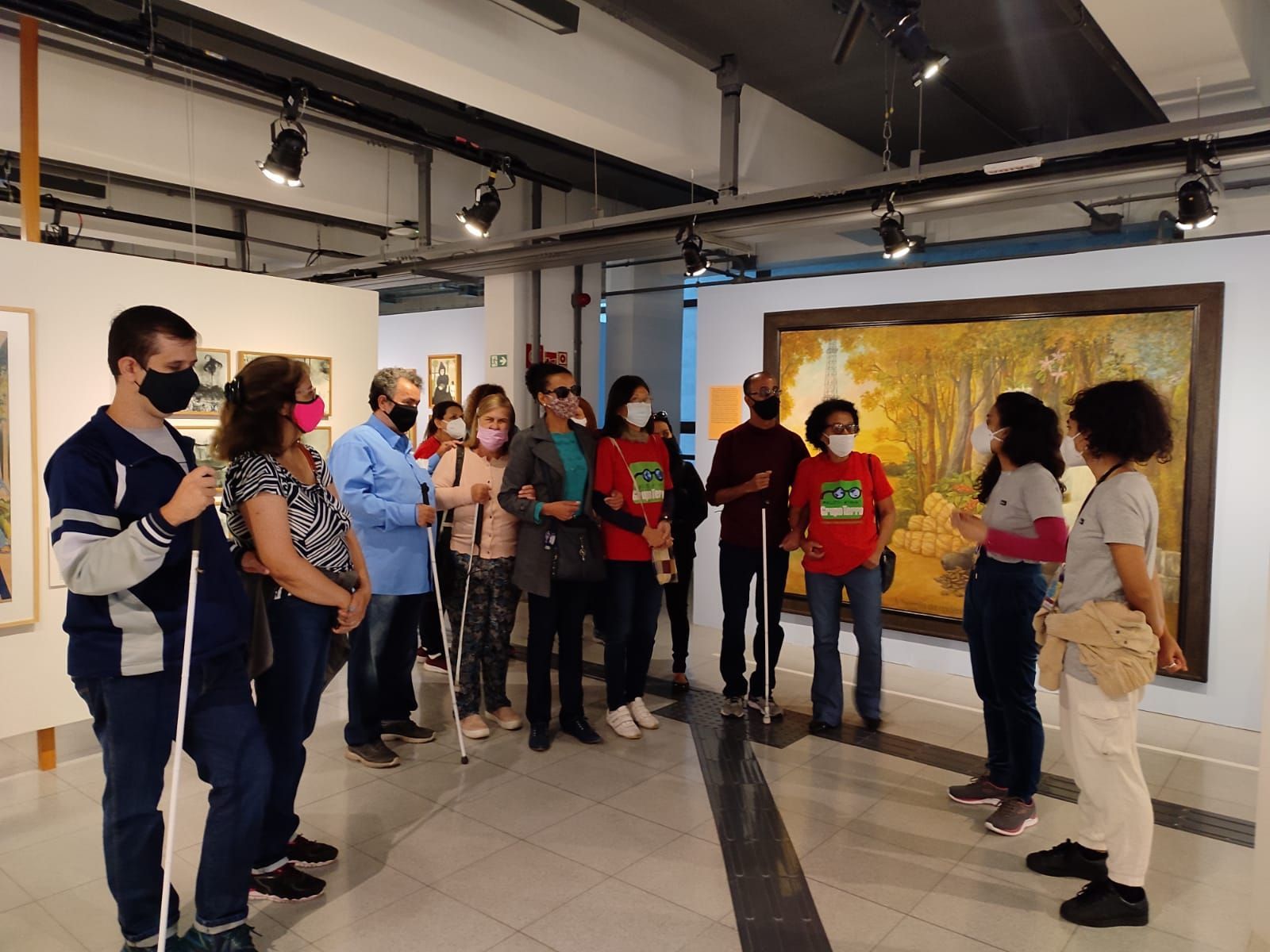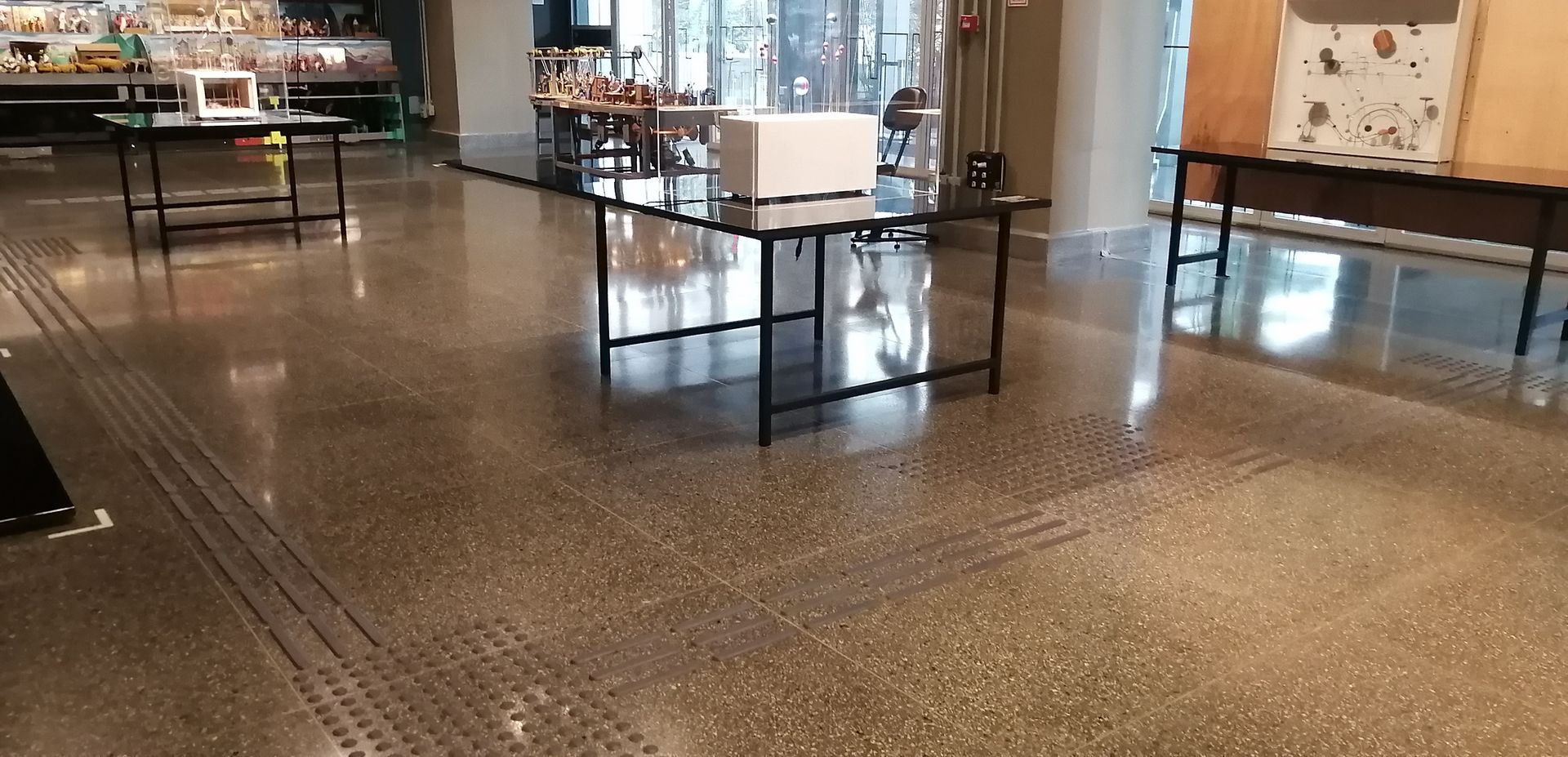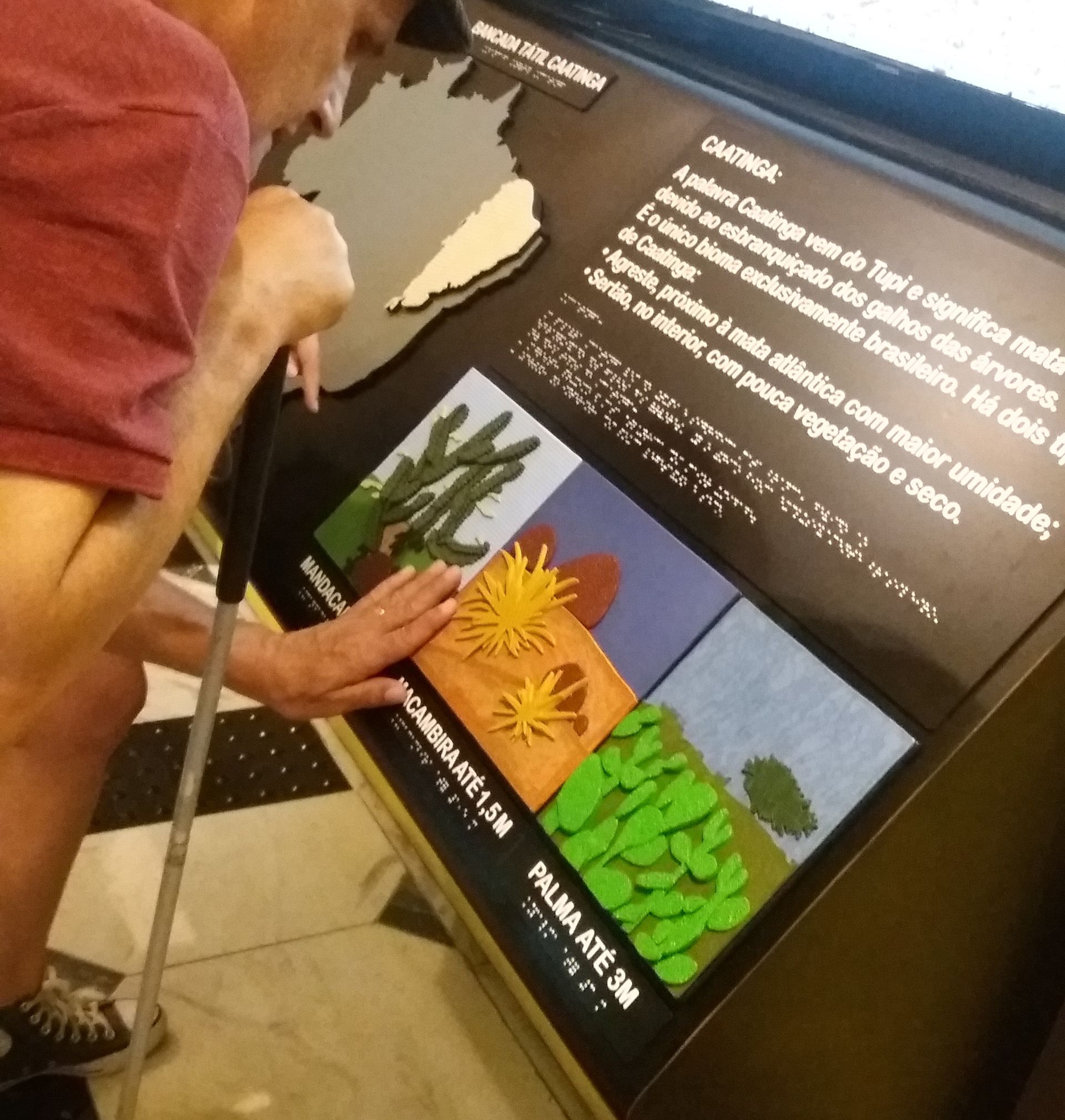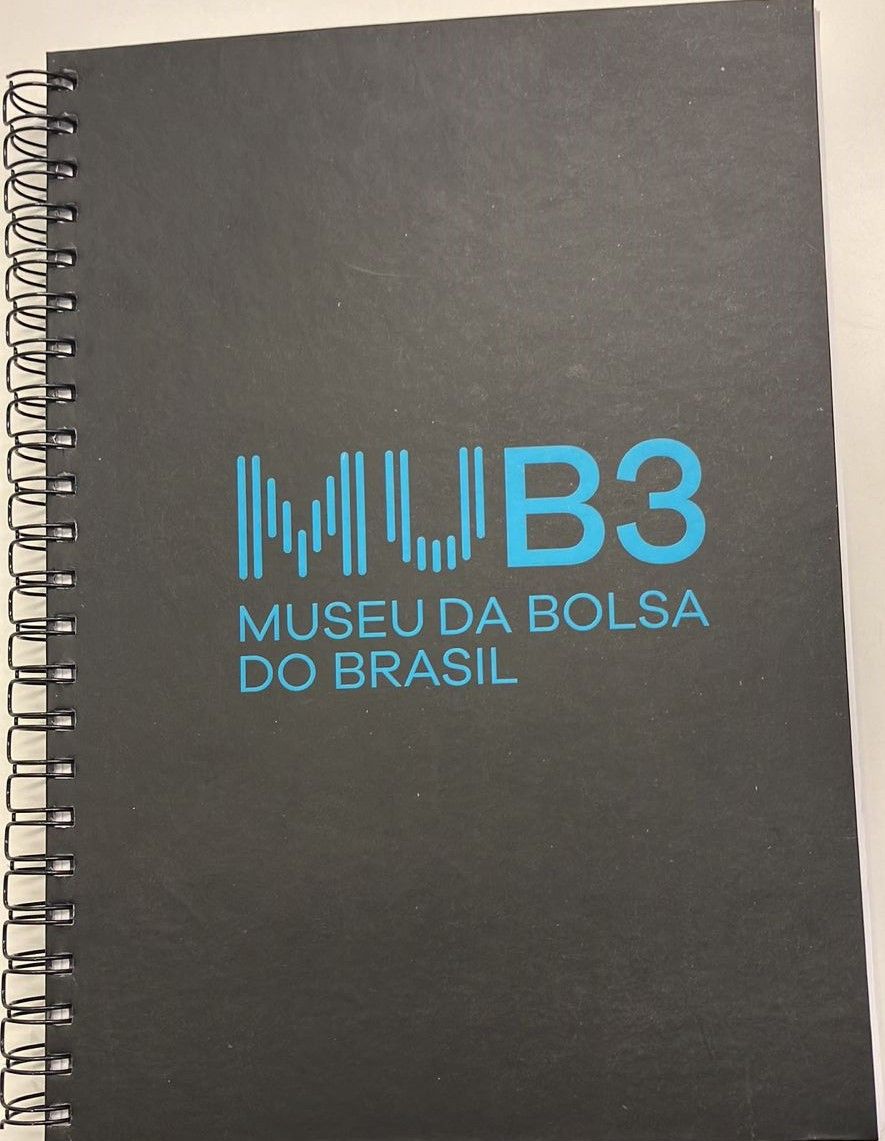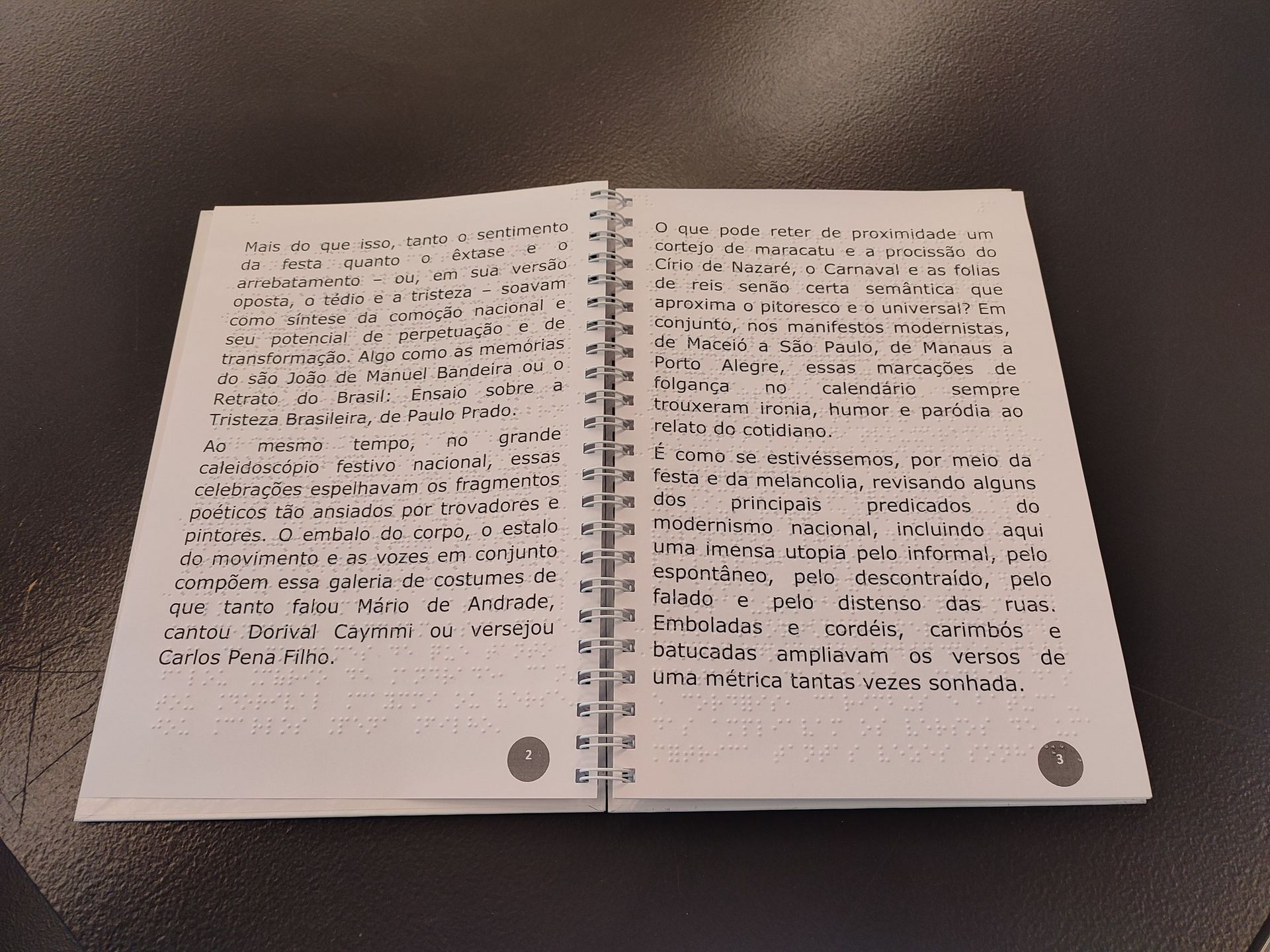(11) 2507 9060
(11) 98632 5228
marinabaffini@hotmail.com
Ulisses Cruz Street, 579
Tatuapé - SP - Brazil
Services
We develop accessibility projects, with adaptations of works of art, exhibitions and educational materials for people with disabilities.
We propose that, together with your team, we think about accessibility projects for your institution's exhibitions and cultural activities, which may also include the creation of inclusive artistic workshops.
Tactile adaptations of two-dimensional works
Adaptations of two-dimensional artworks provide a rich tactile and artistic experience for people with visual impairments.
The pieces have different reliefs and textures, enhancing tactile perception. What impresses us with the colors and shapes, impresses them through the materiality.
The colors are worked in contrast, to accommodate those with low vision.
We create an analogy between the represented objects and their textures, establishing relationships and connections with the real world. For a flower, the coating will be soft, a stone, rough, for example.
The original and its translation are different as a language, but their aesthetic information has an isomorphic relationship.
Tactile adaptations of three-dimensional works
Adaptations of three-dimensional works of art aim to promote aesthetic appreciation and knowledge of sculpture through touch for people with visual impairments.
The three-dimensional tactile piece can be created by modeling, 3D printing, casting, or whatever is most appropriate according to the proposal of the original work, maintaining its isomorphic relationships.
The pieces referring to indigenous rituals were created in conjunction with indigenous peoples of Xingu, thus respecting their tradition and culture.
Writing in pictograms
This material was developed to promote a rich experience and functional communication with people with cognitive disabilities, autistic people, children, foreigners and illiterate people. The texts are written in simple language and illustrated with pictograms that translate the words into images. The figures are created according to the narrative context.
The material consists of communication boards, games and association proposals that aim to stimulate the understanding of the content.
Tactile models
They are three-dimensional, realistic, reduced-scale representations of an architectural structure and its surroundings.
Their aim is to provide knowledge, a rich aesthetic appreciation and to promote the mobility of people with visual impairments, promoting spatial, landscape and architectural references.
It is an attractive material for all visitors, as it draws attention due to its realism, delicacy and playful quality.





